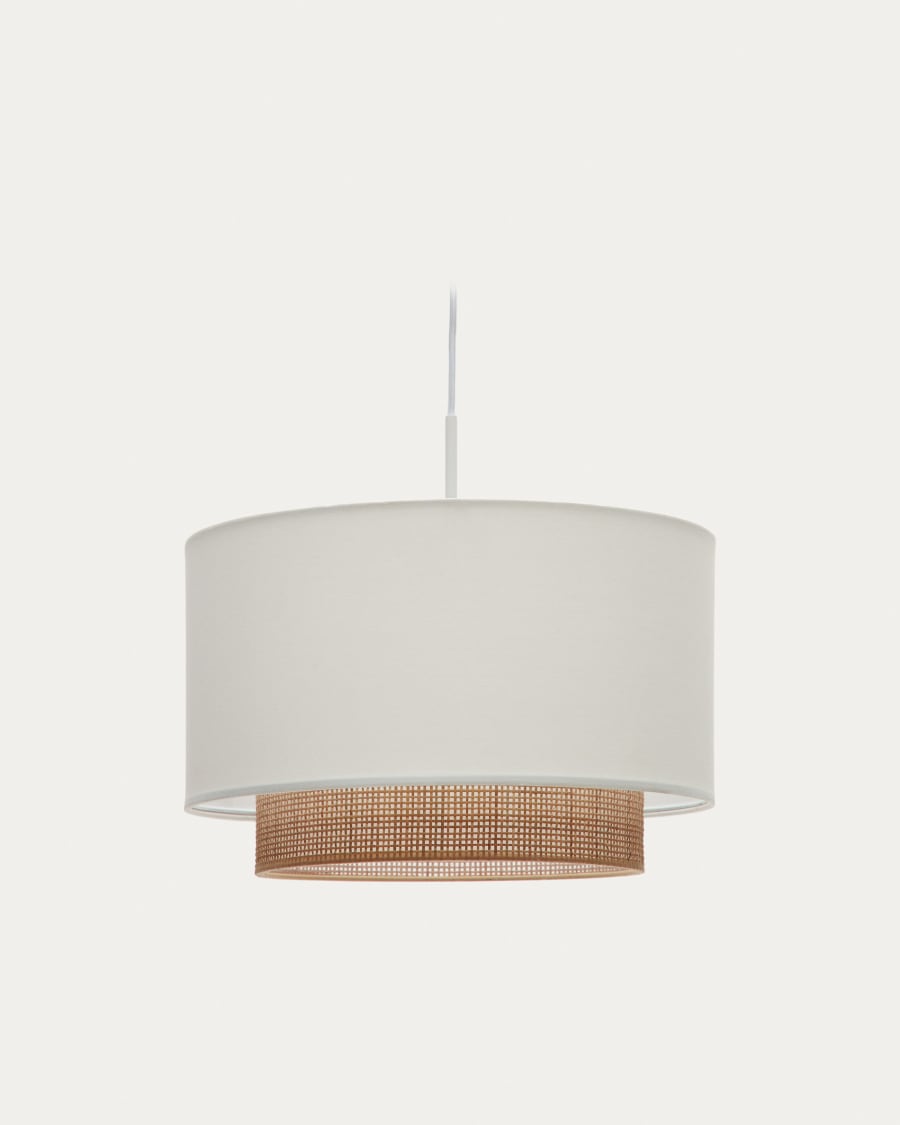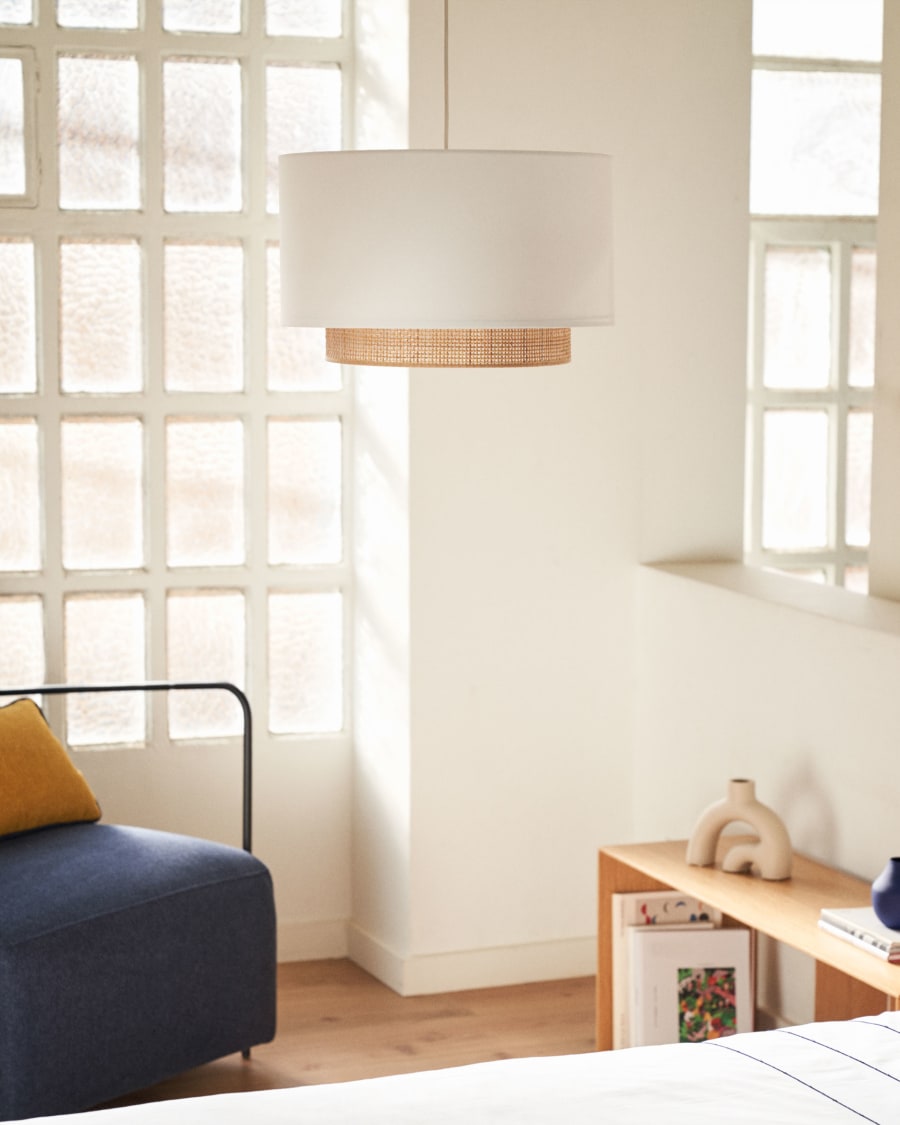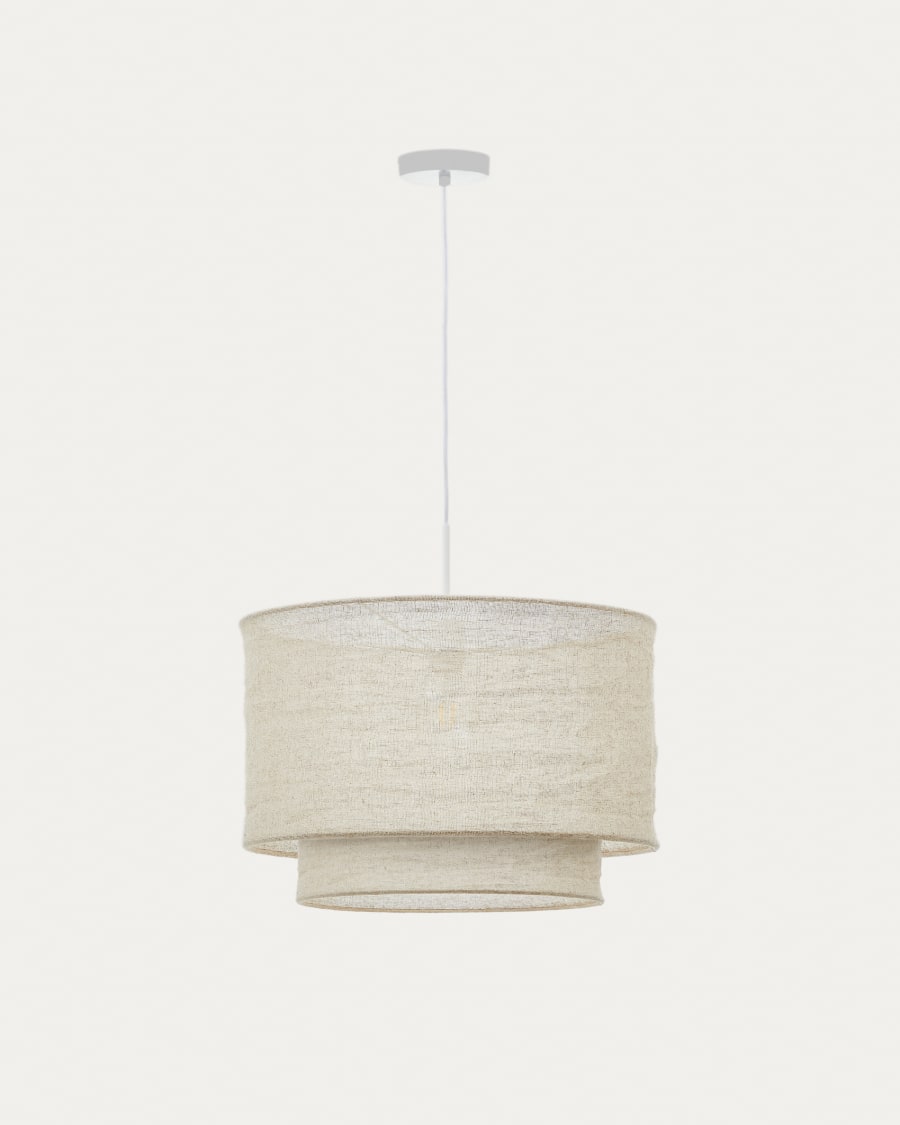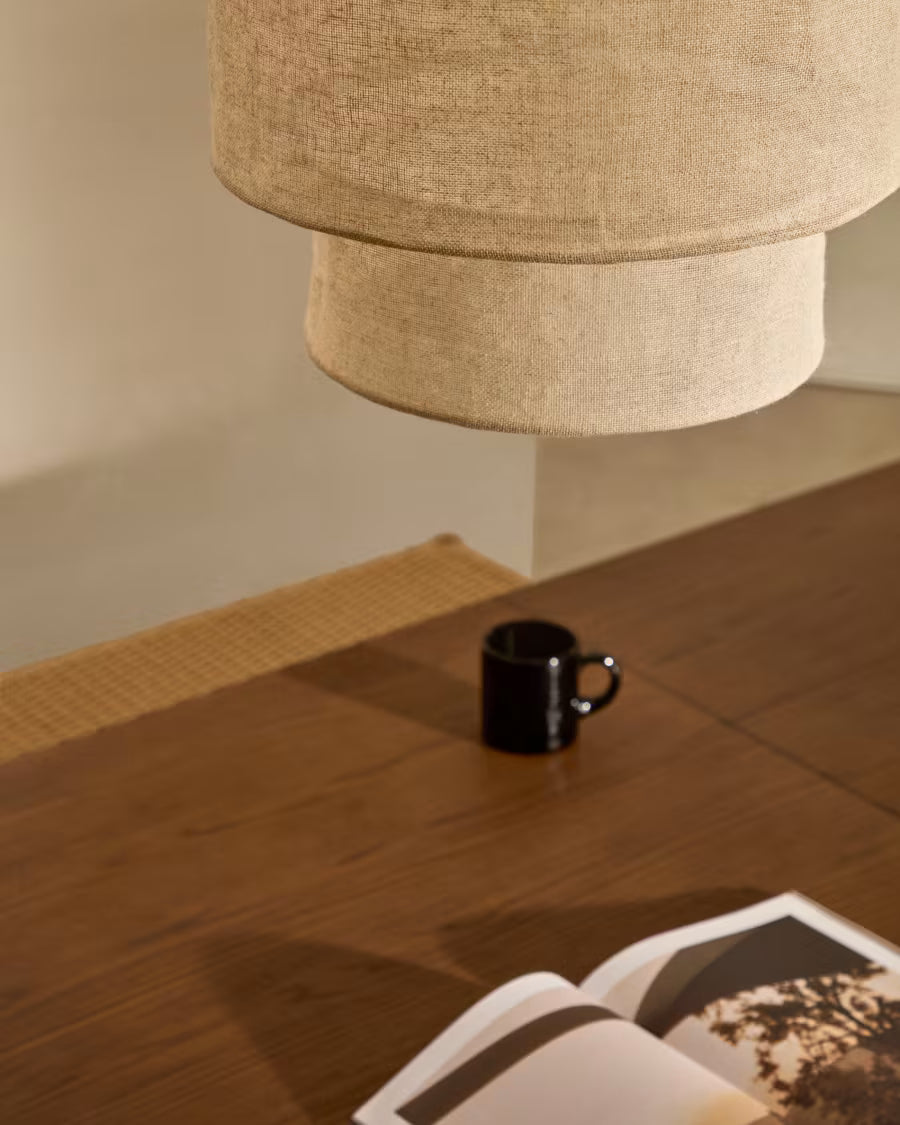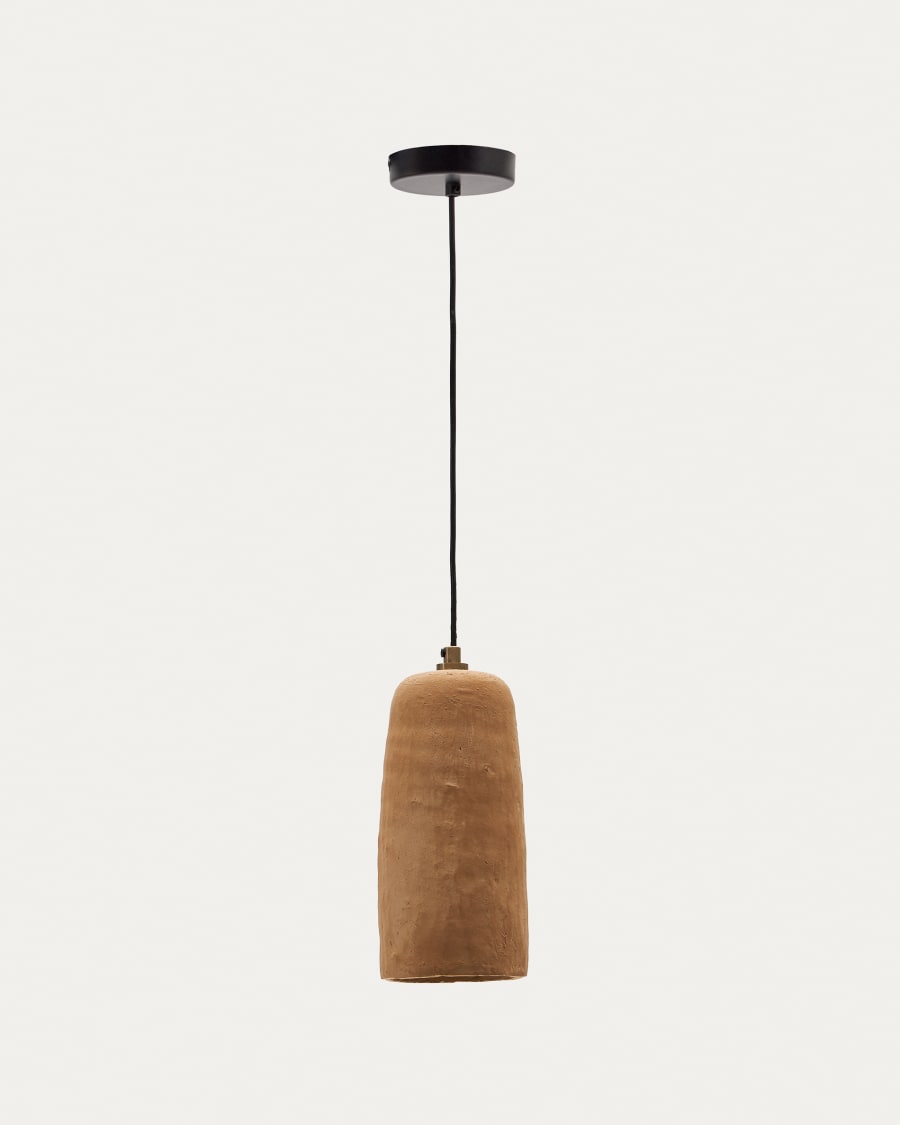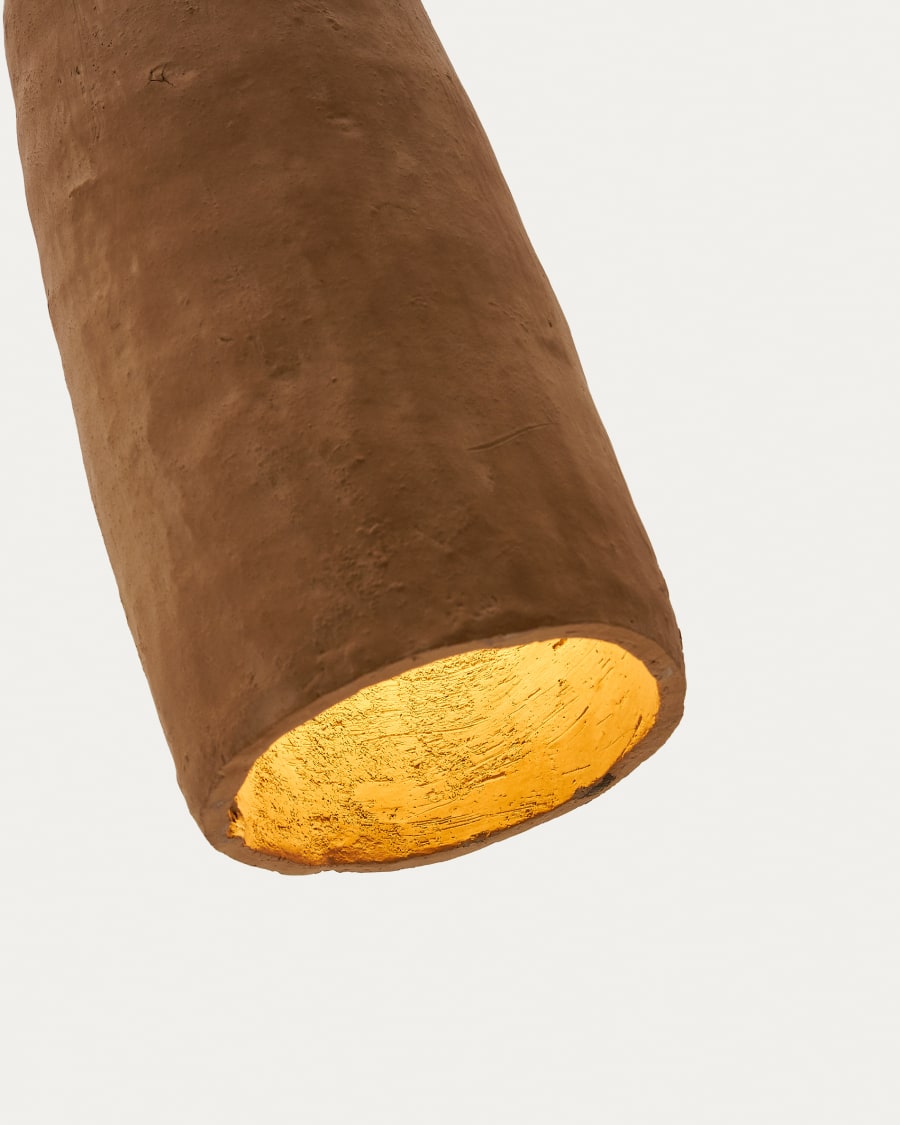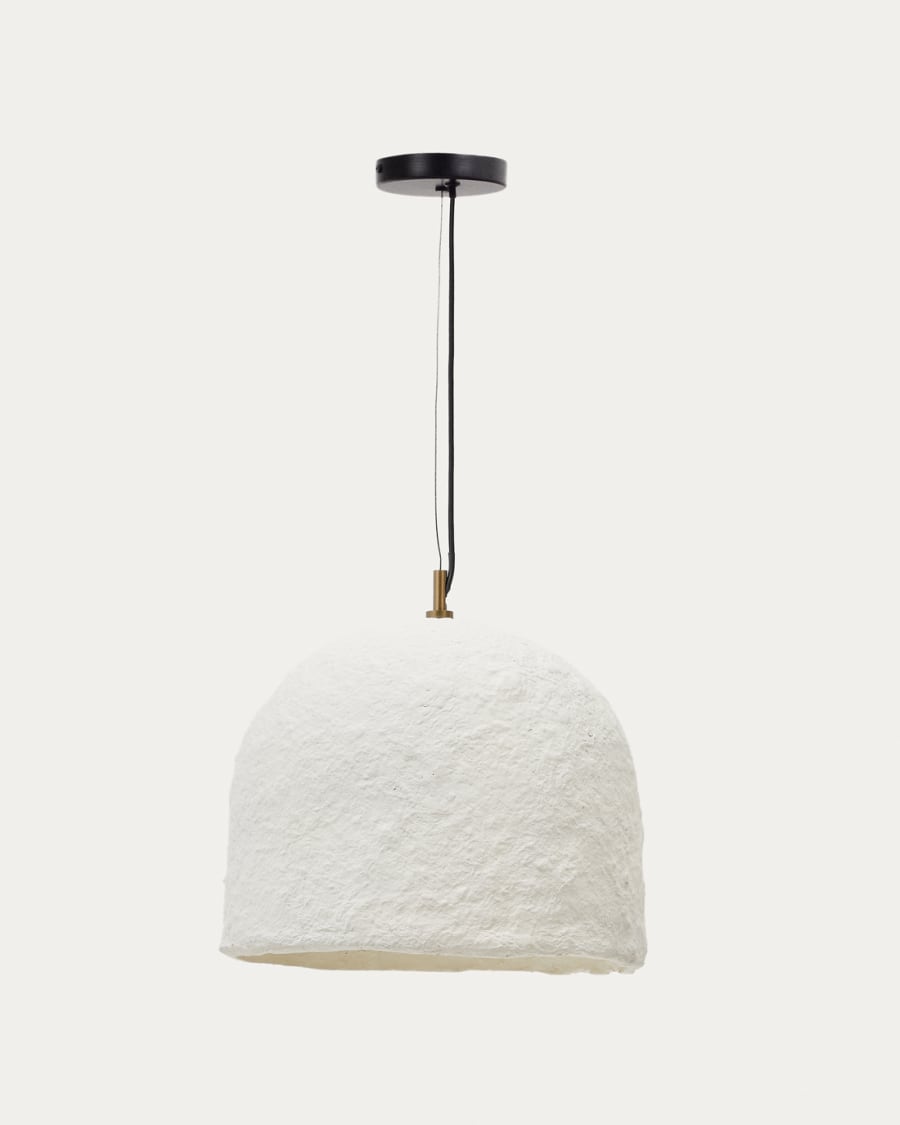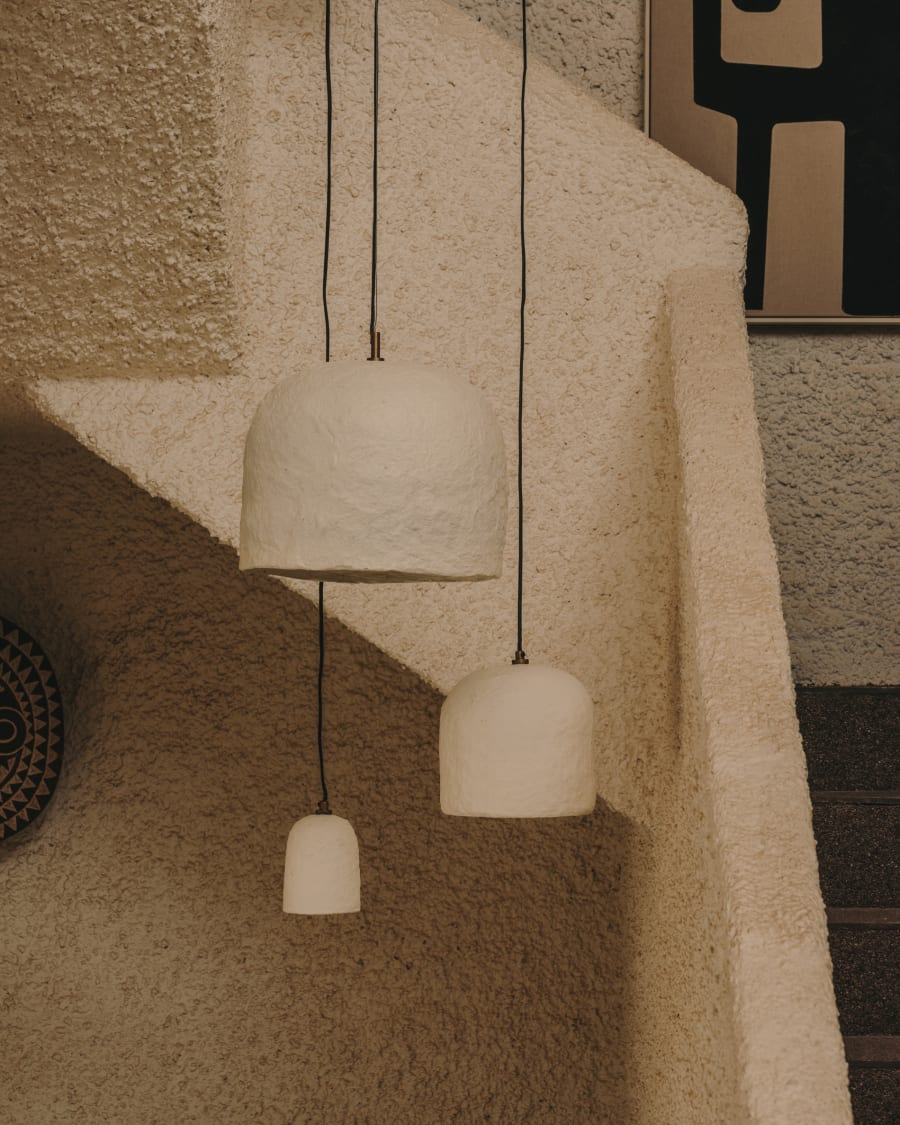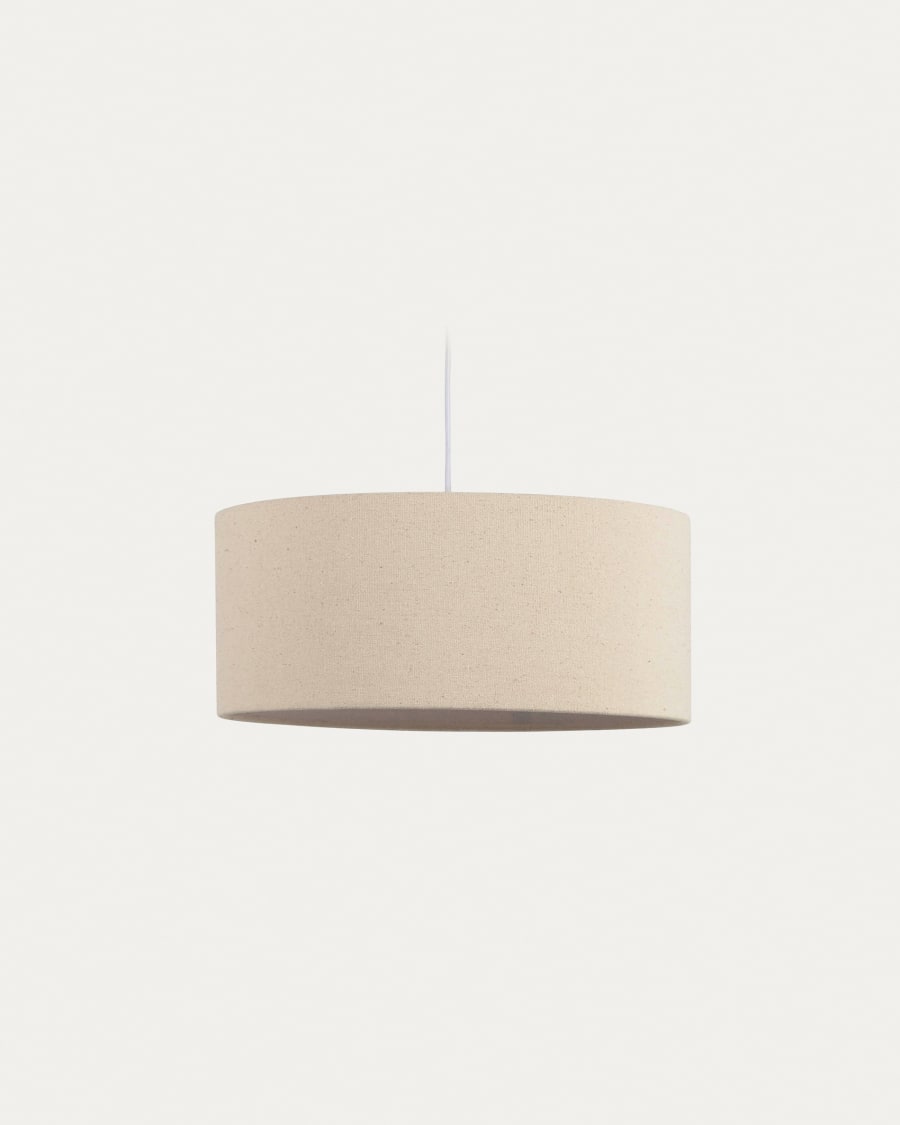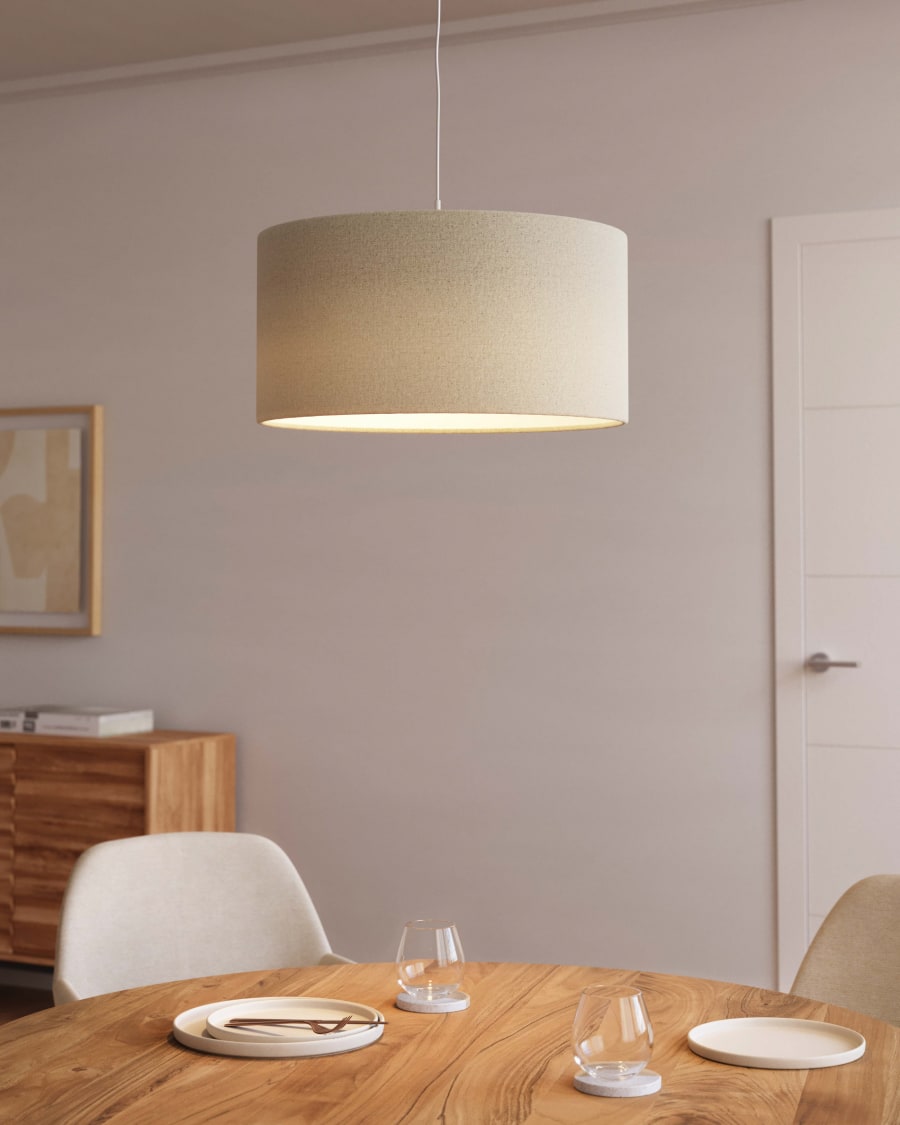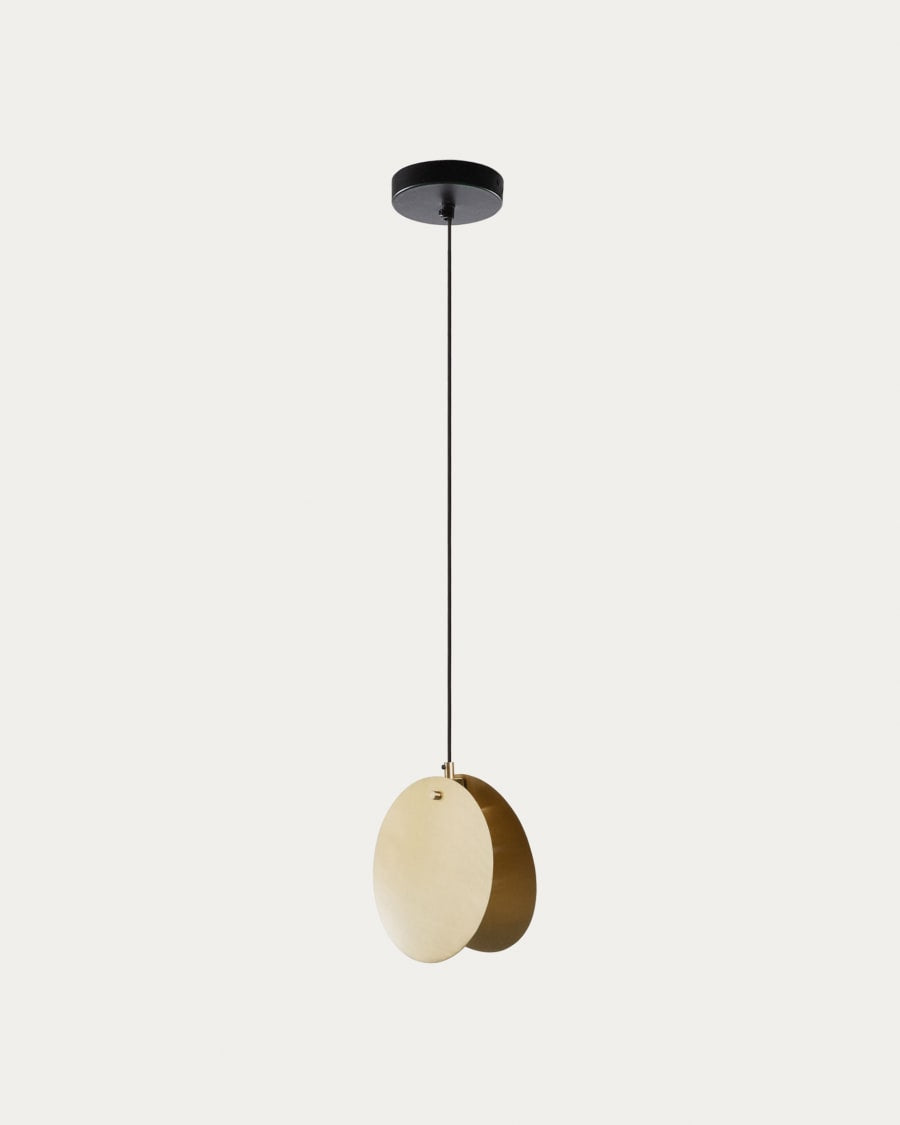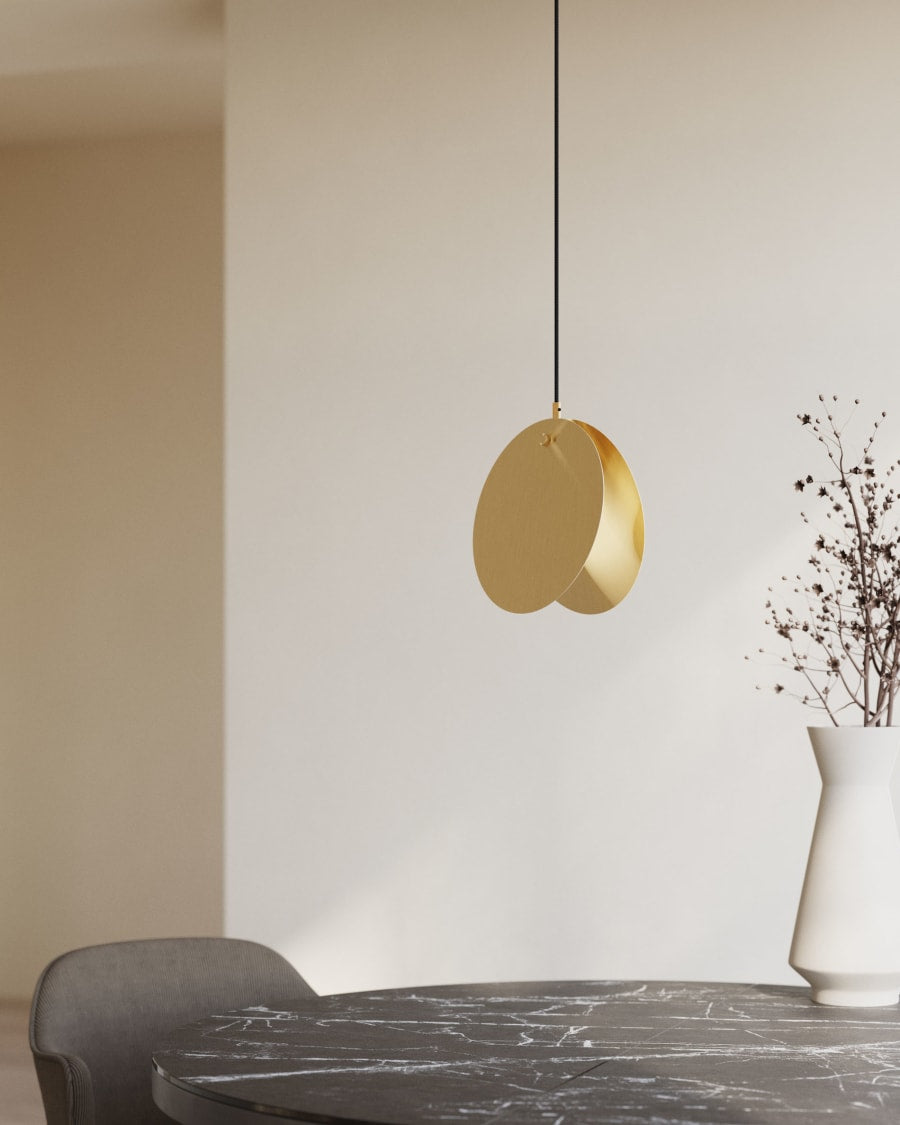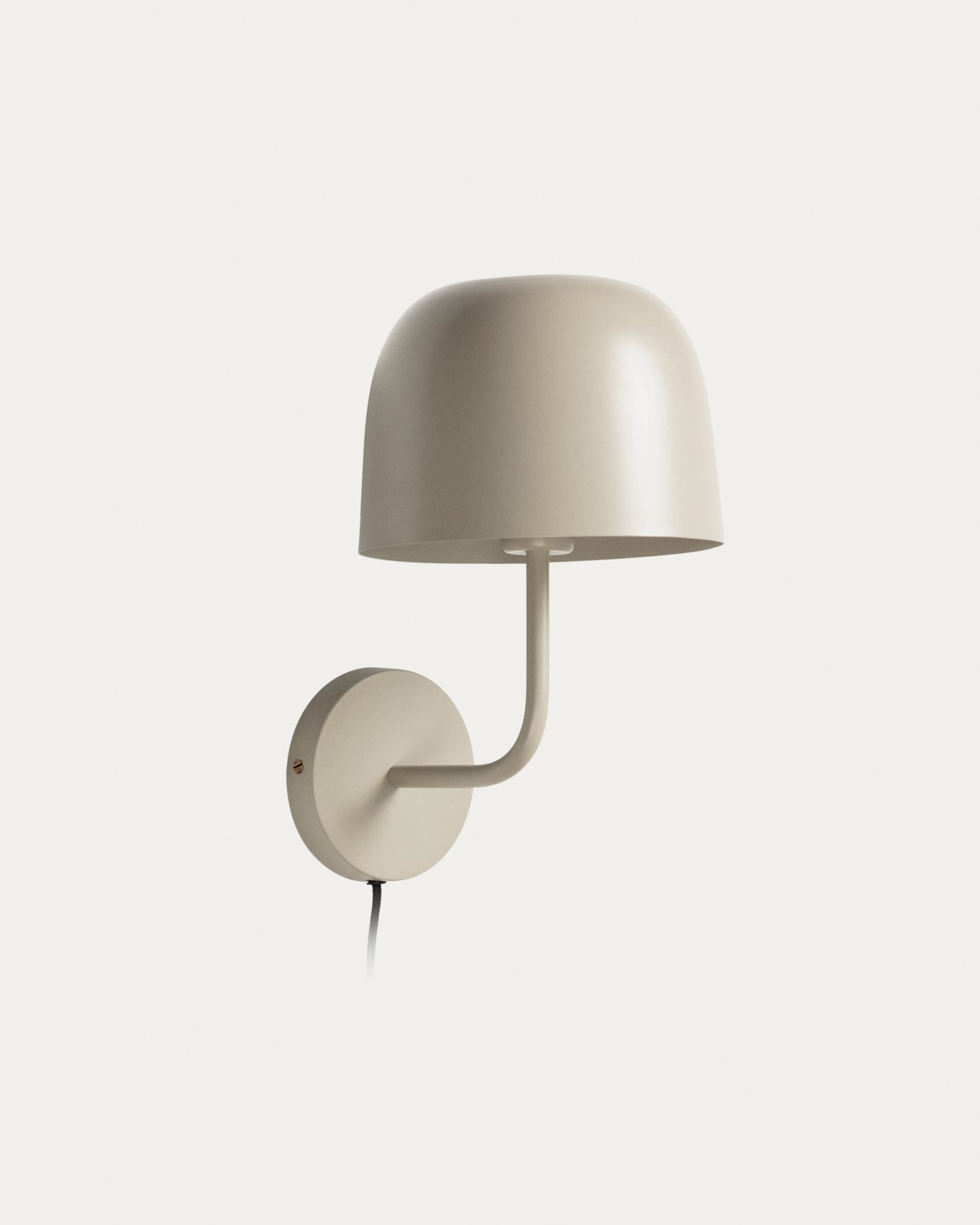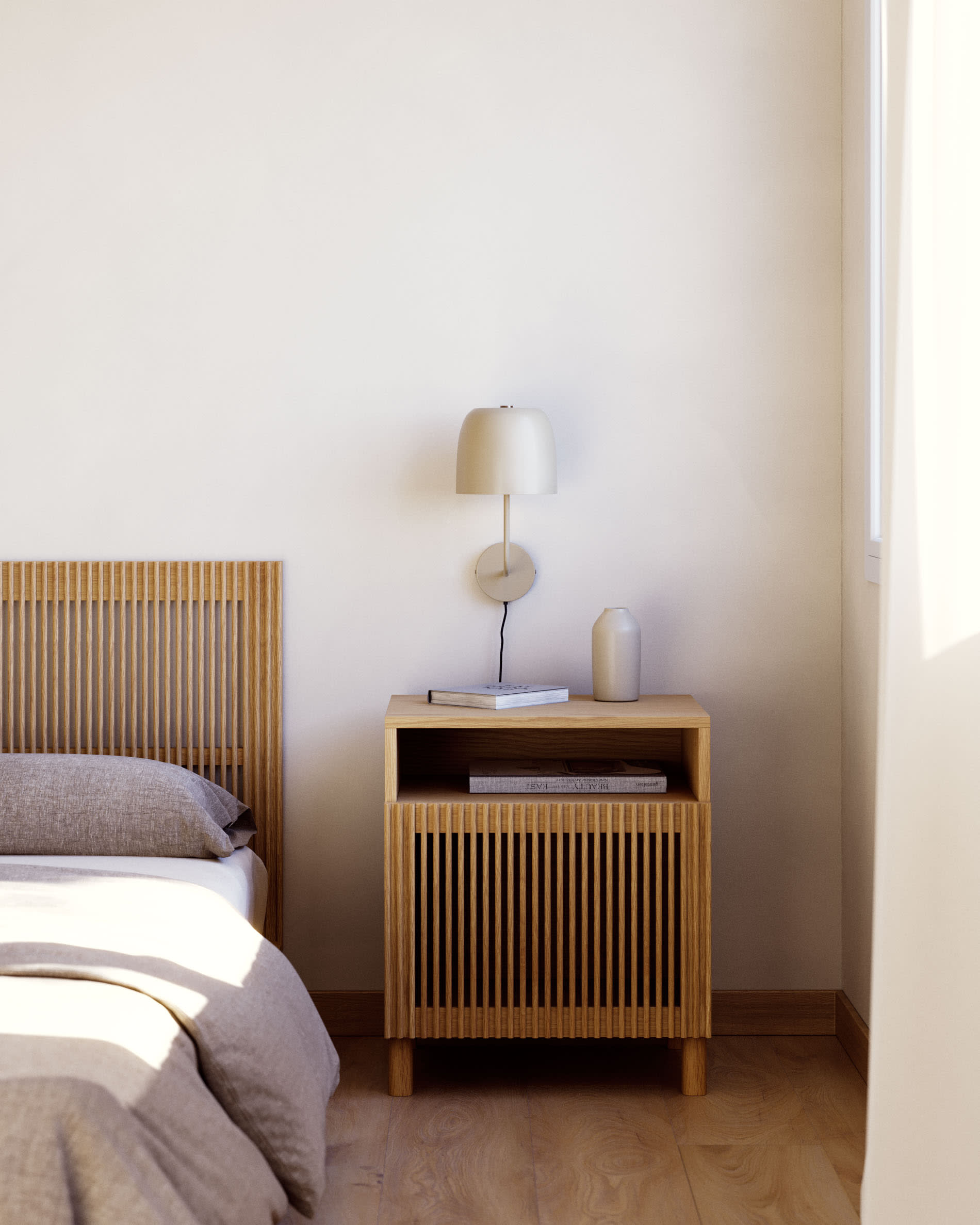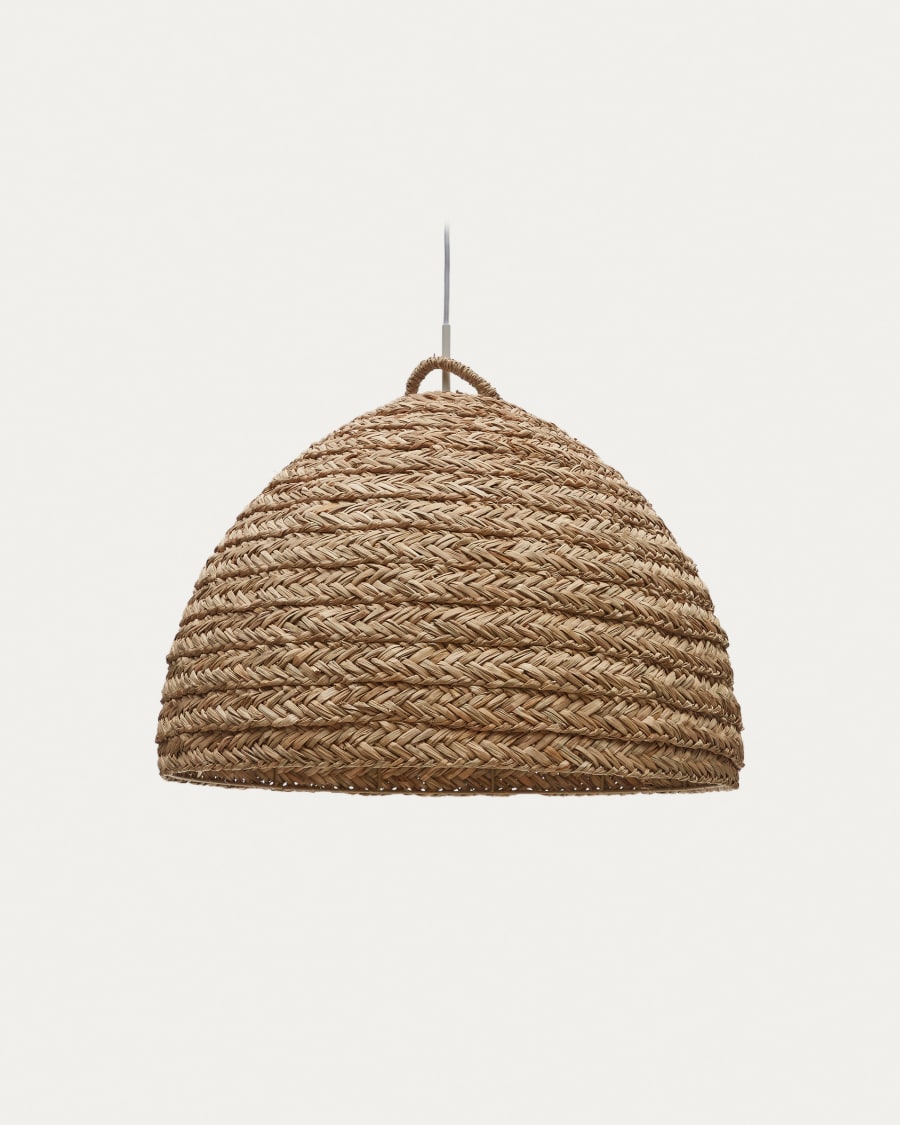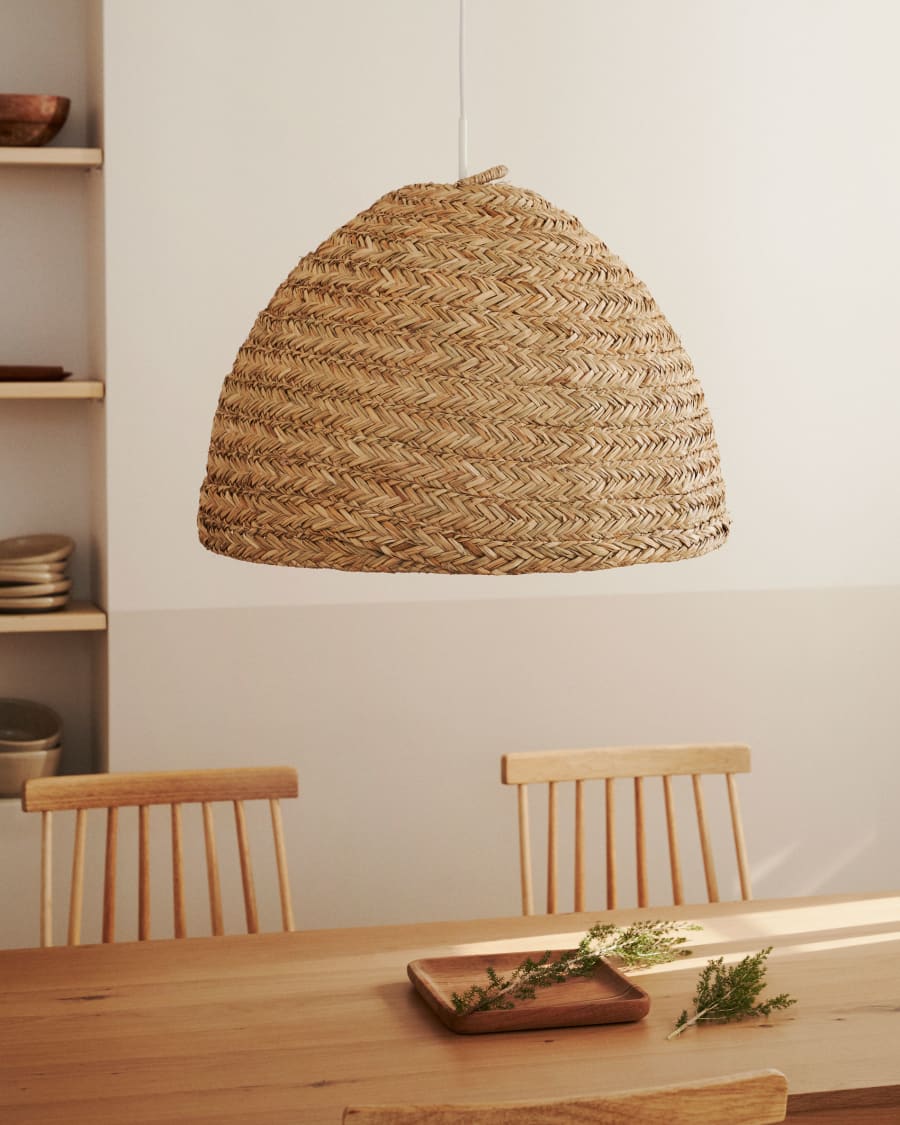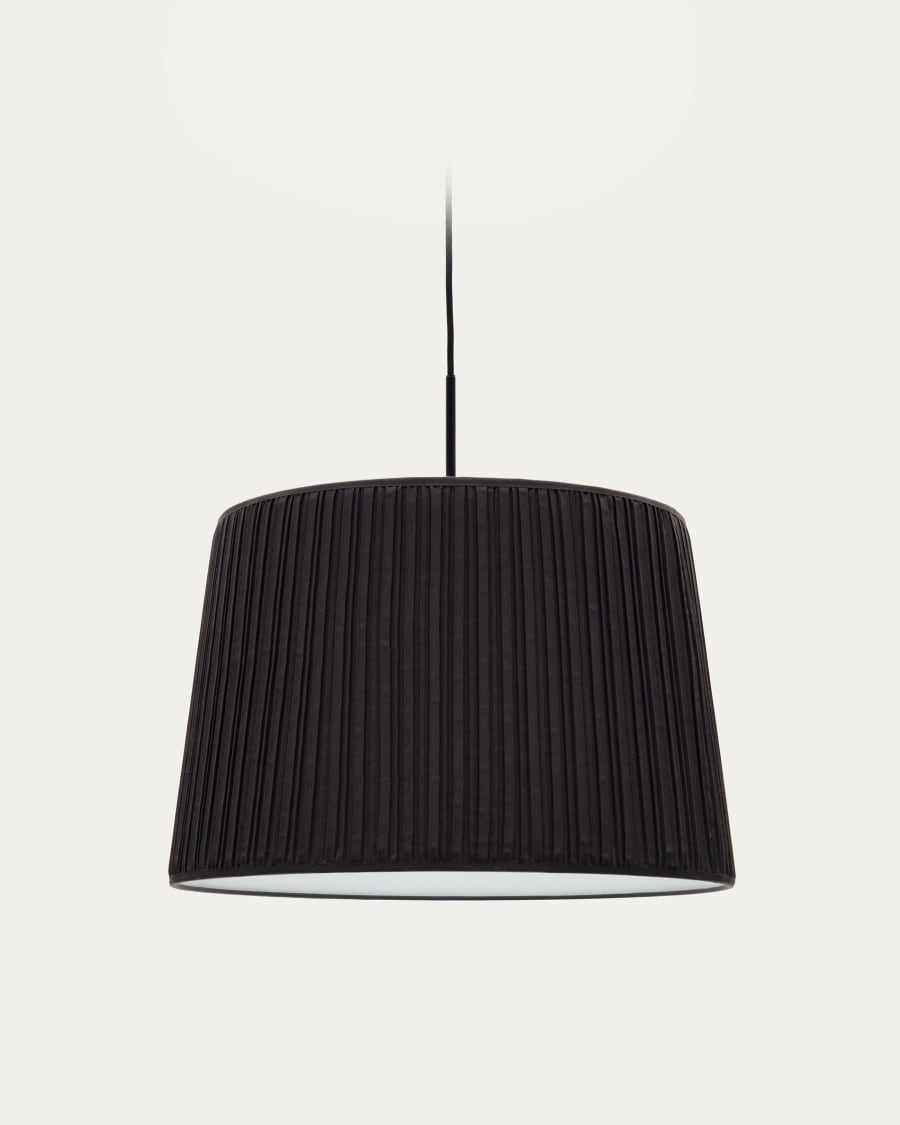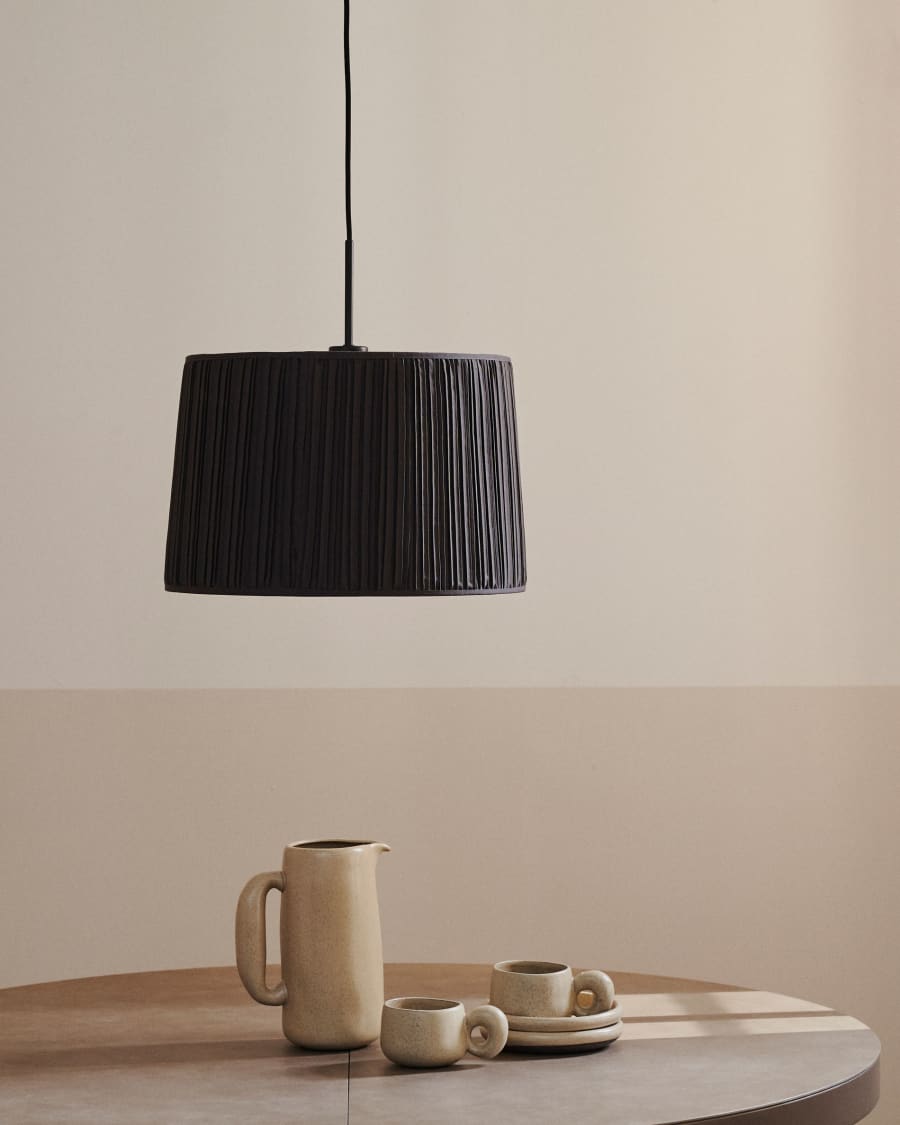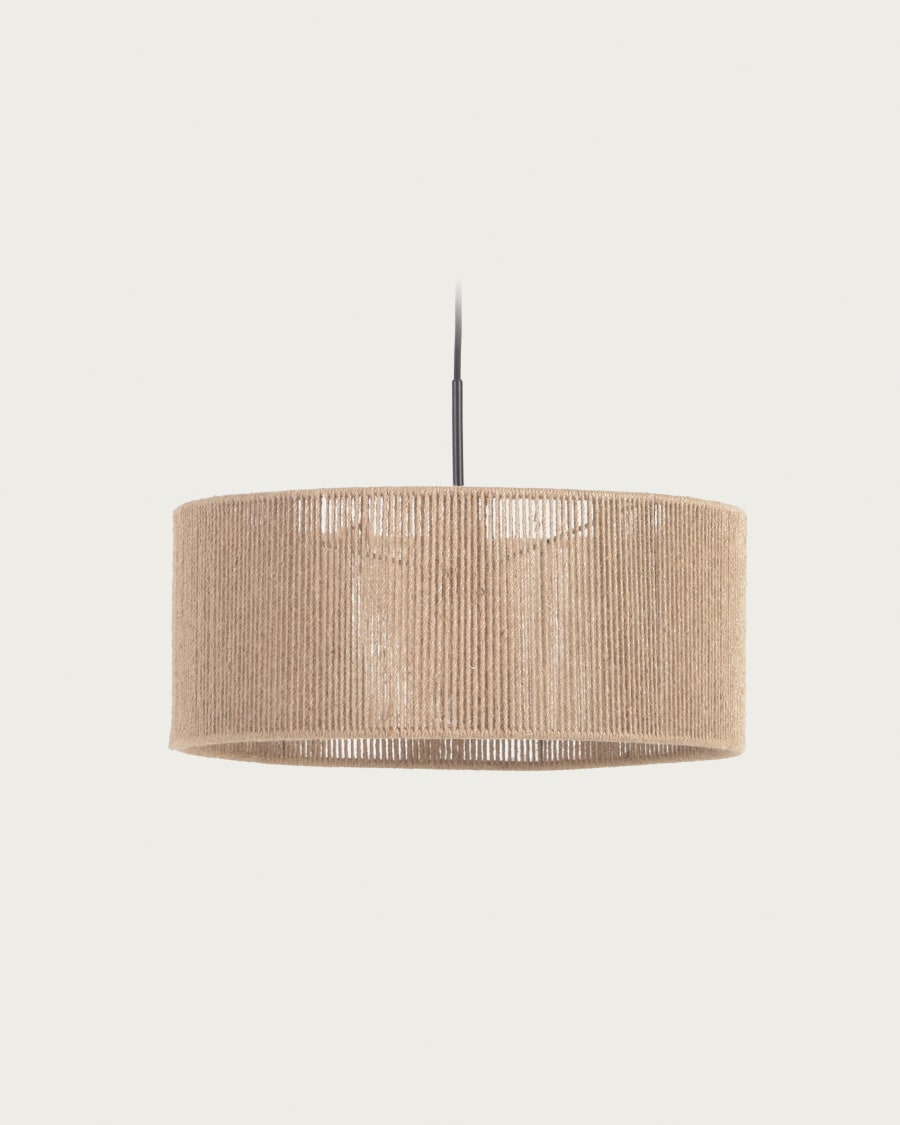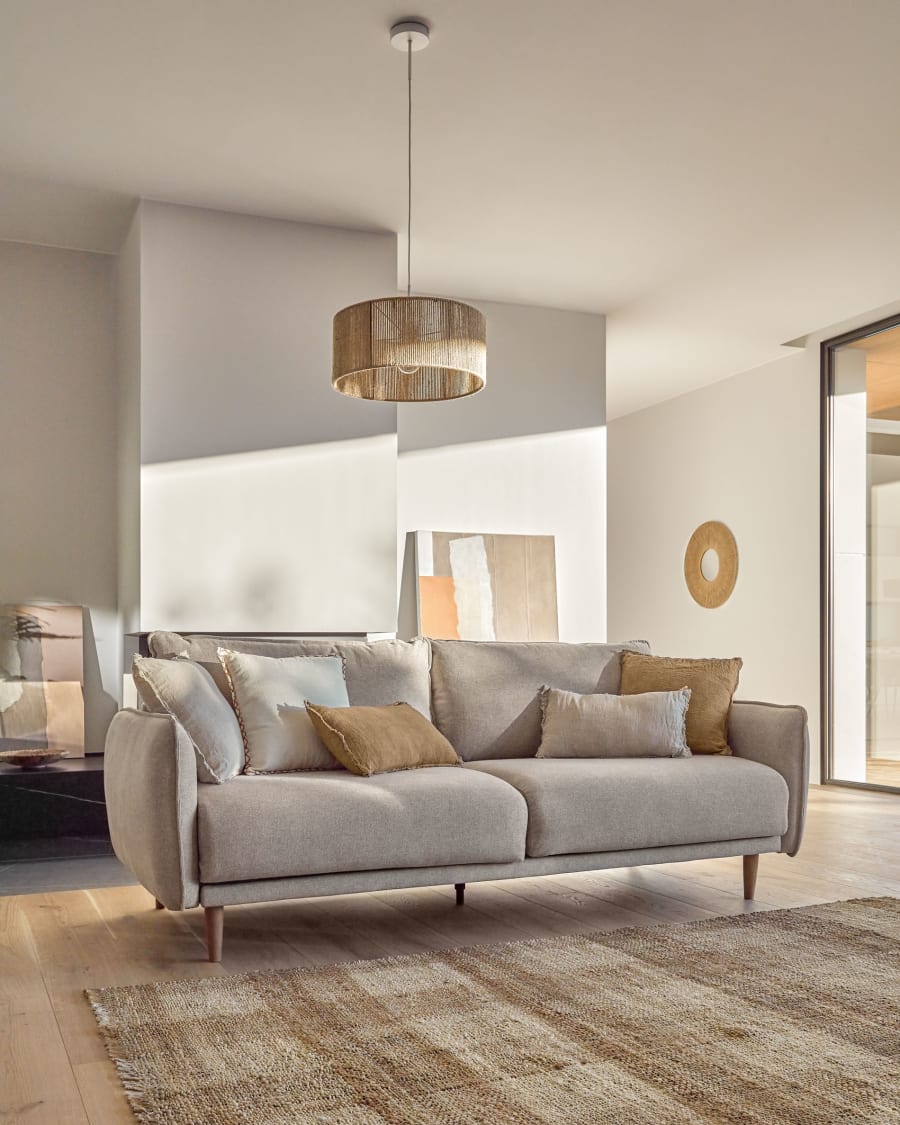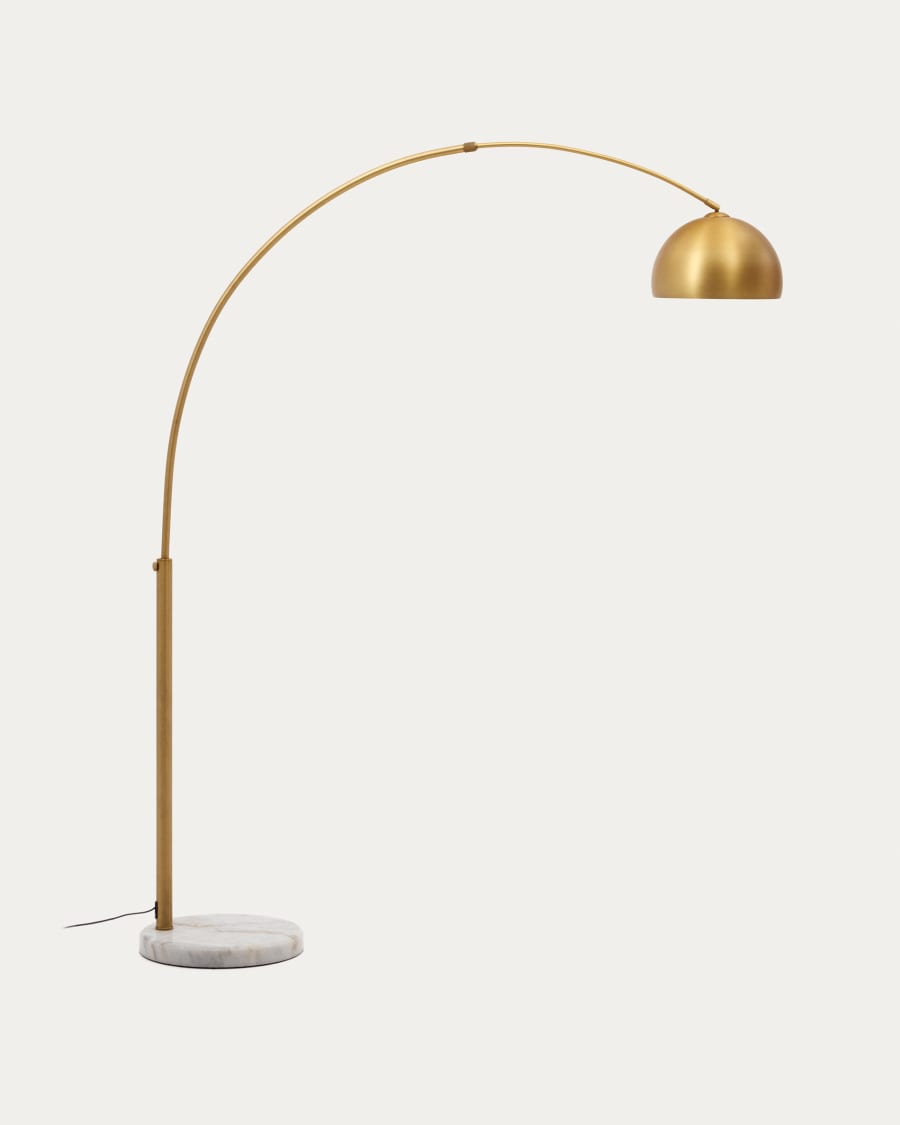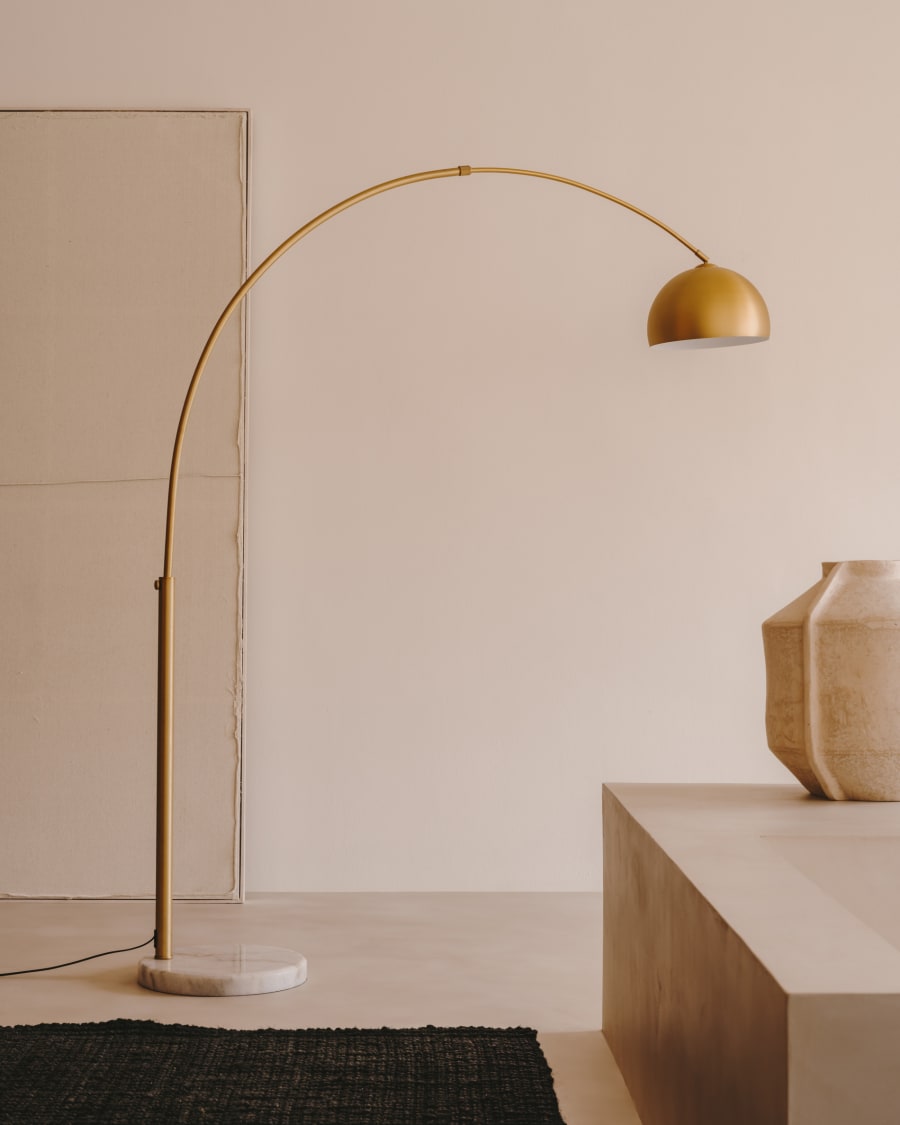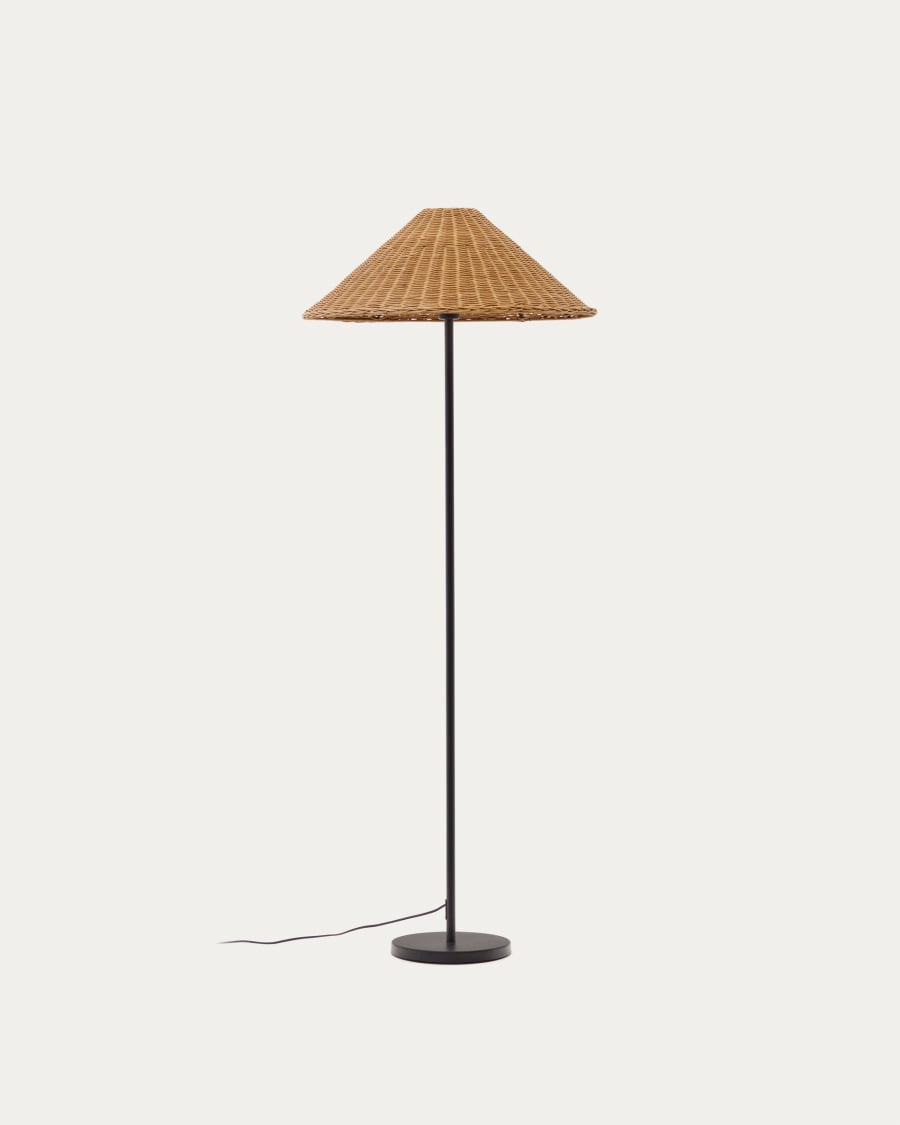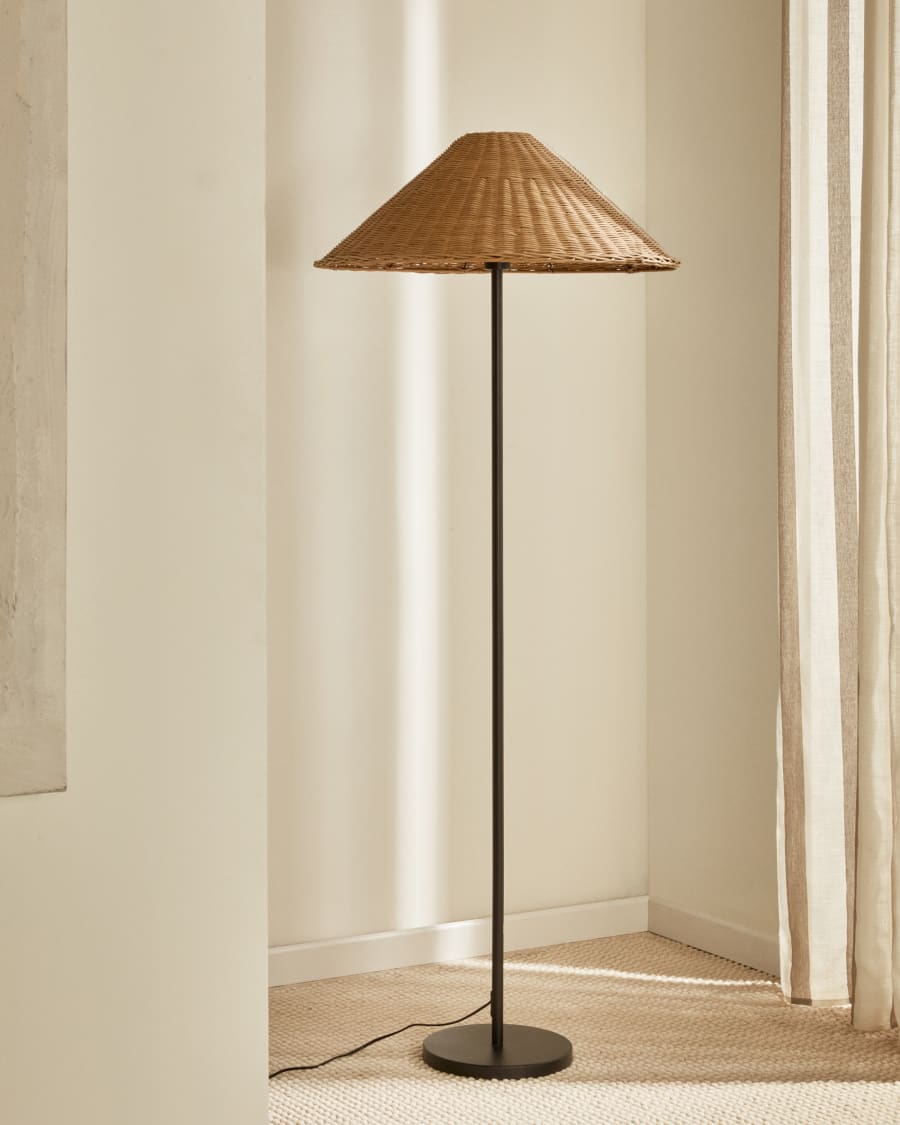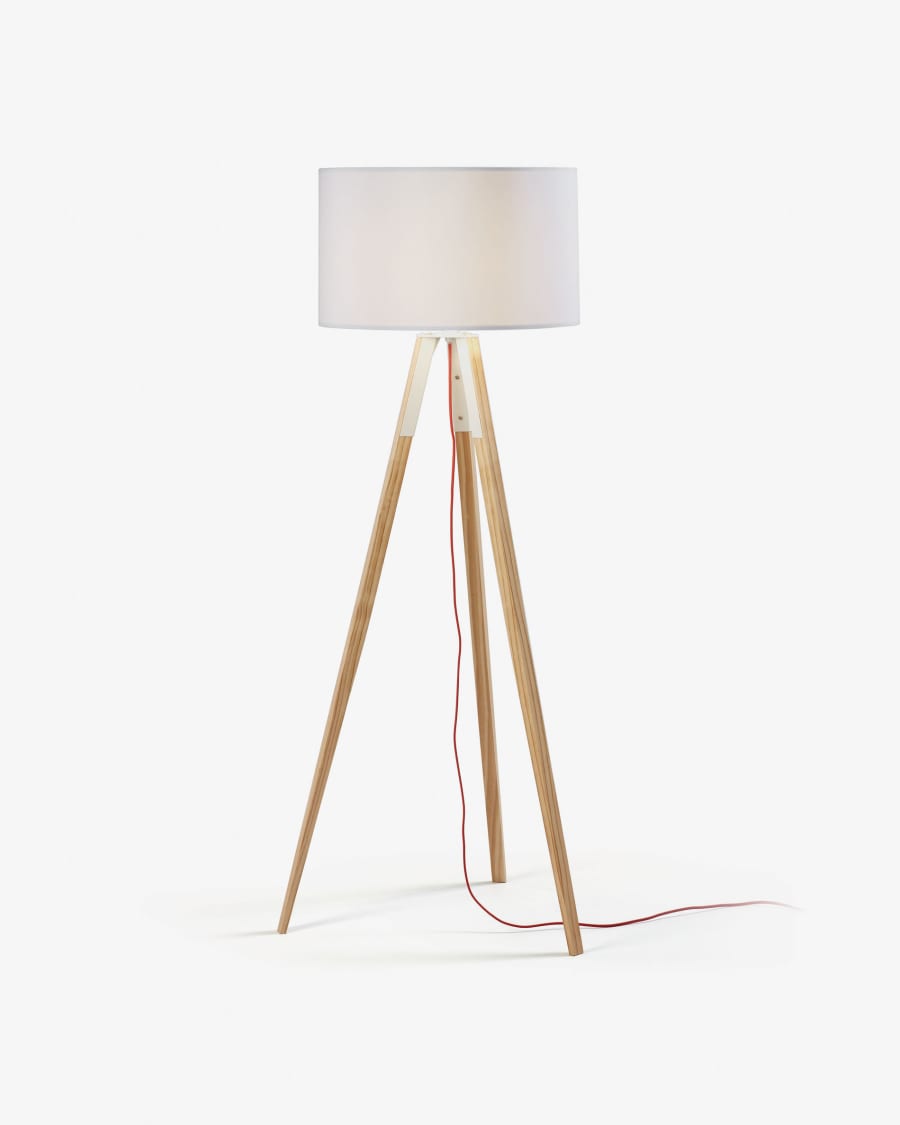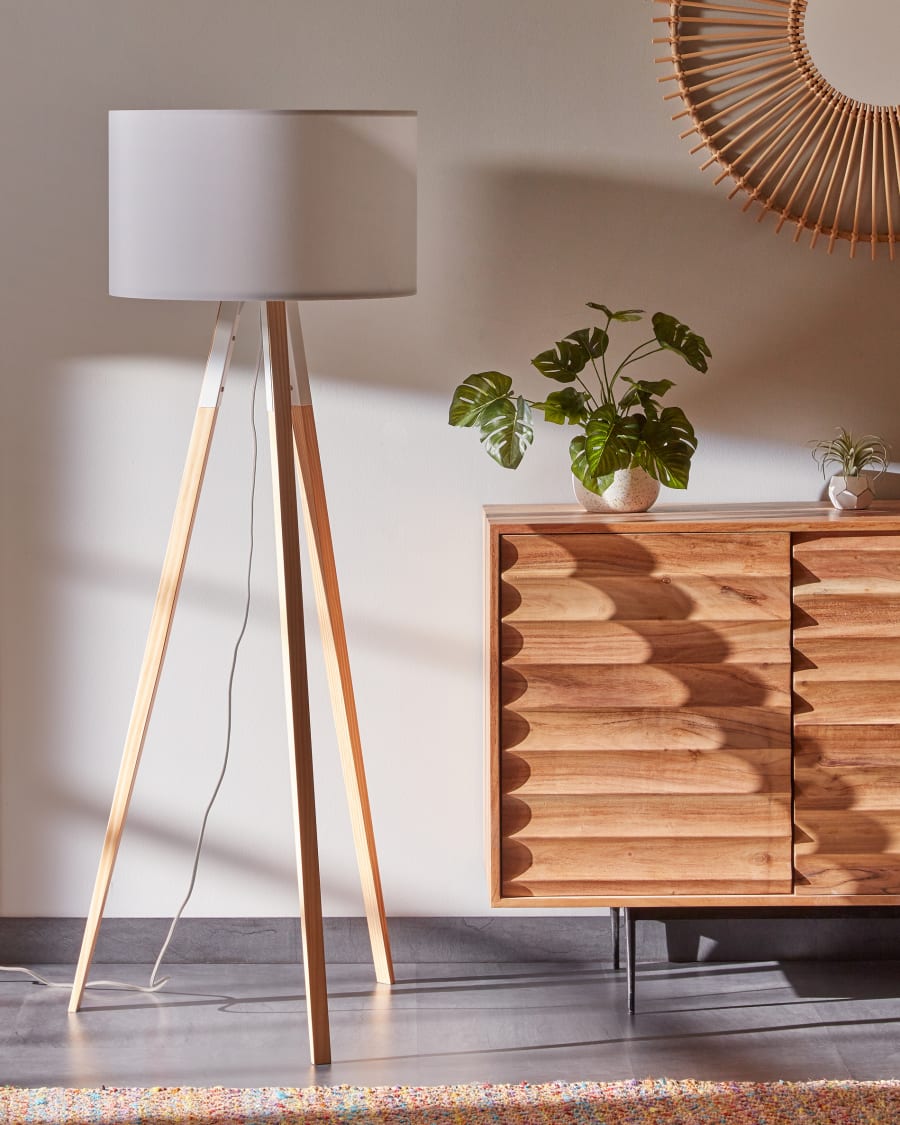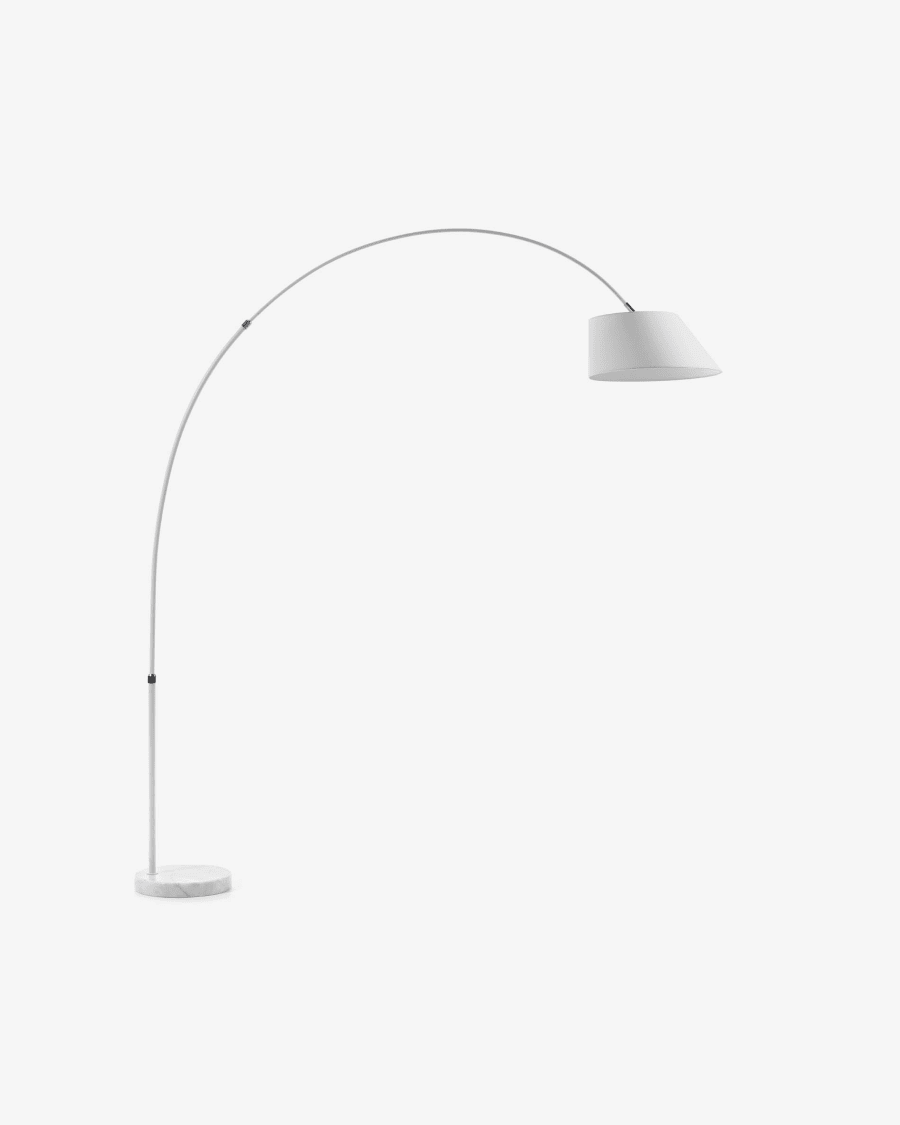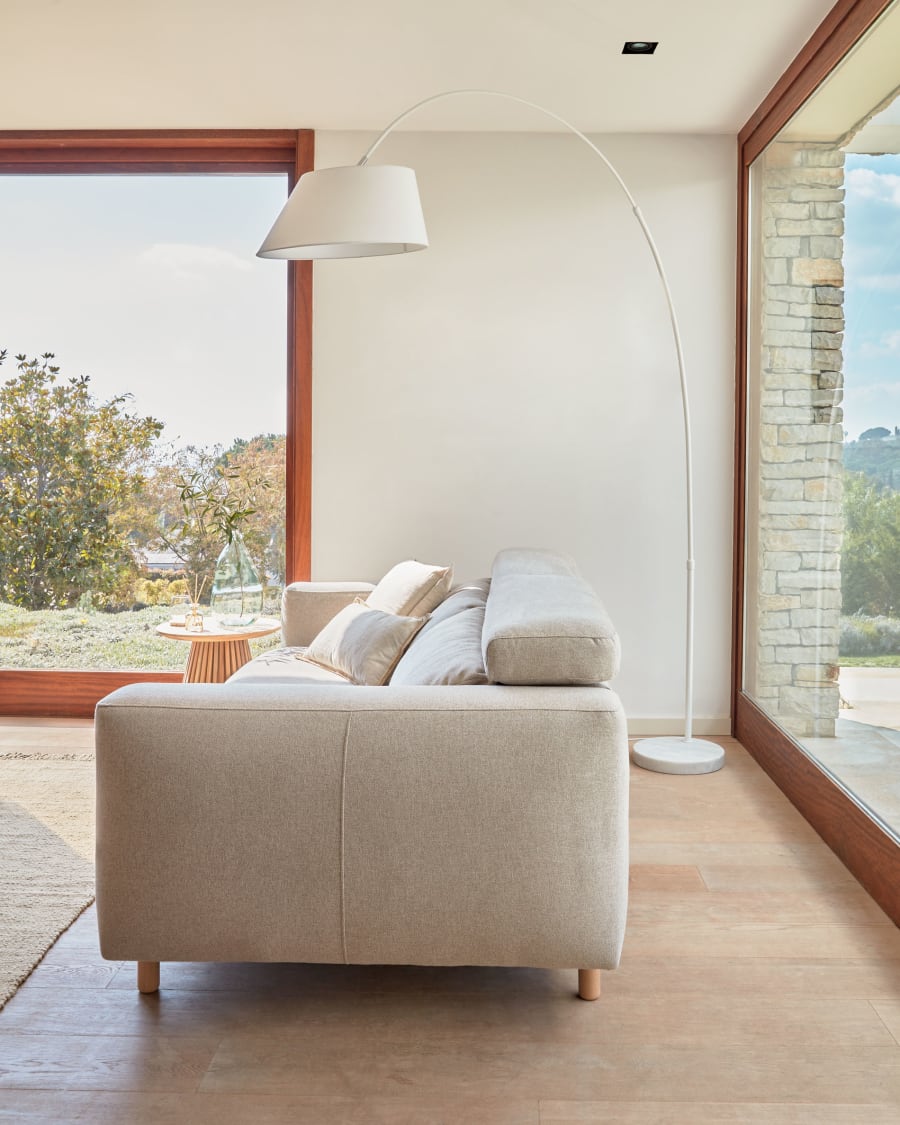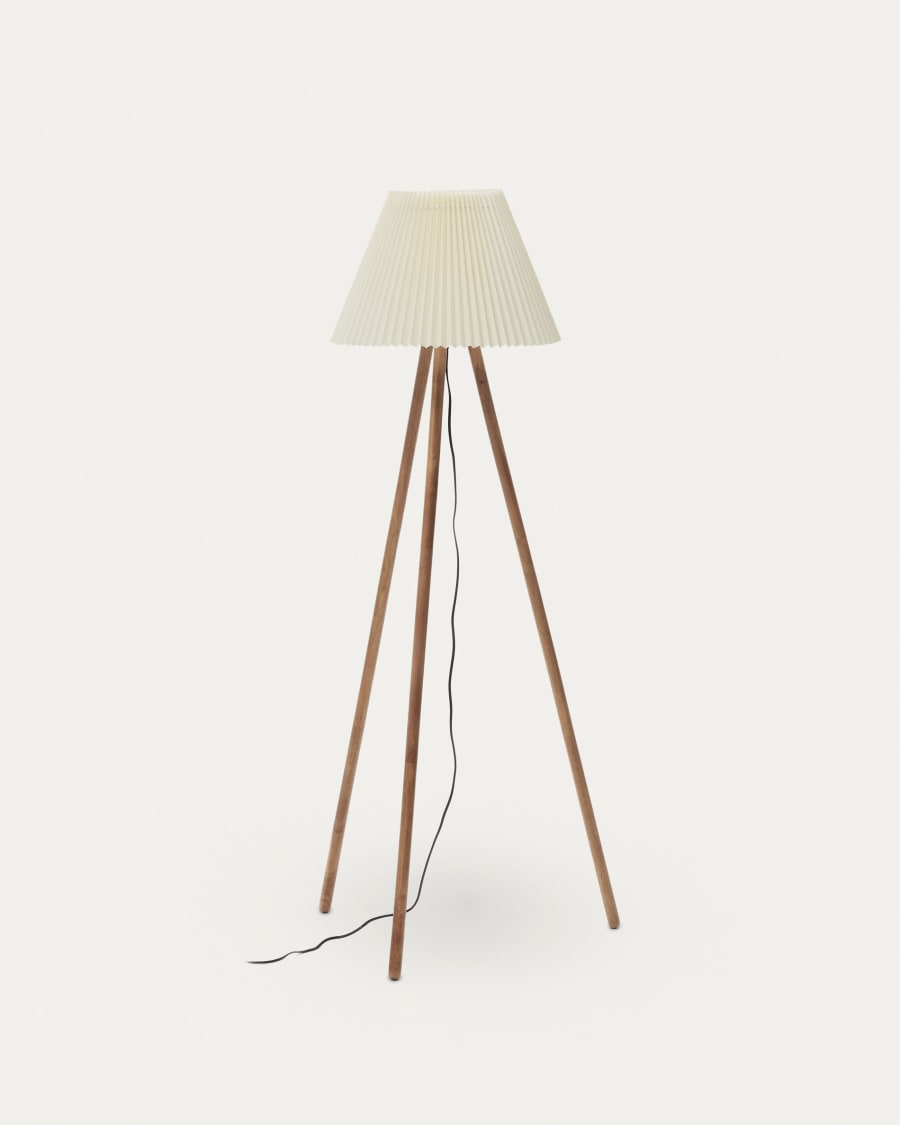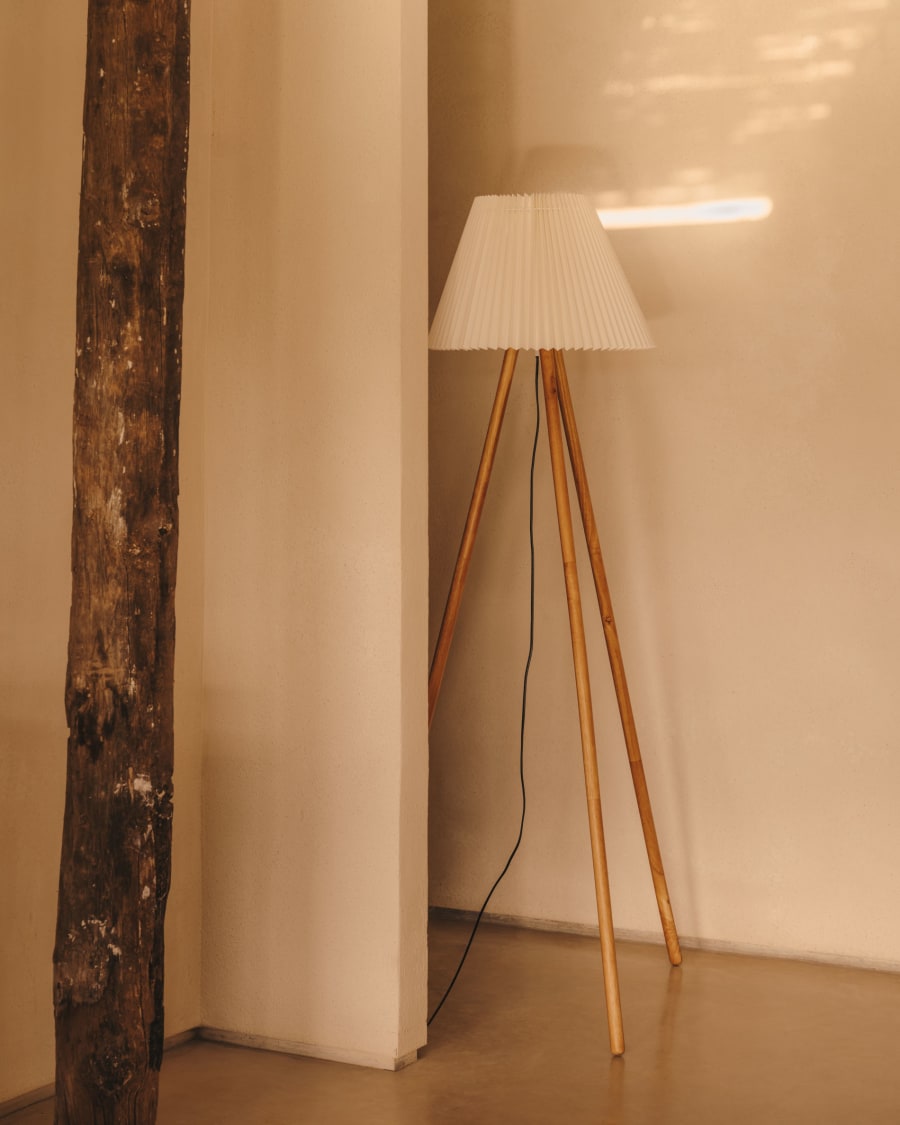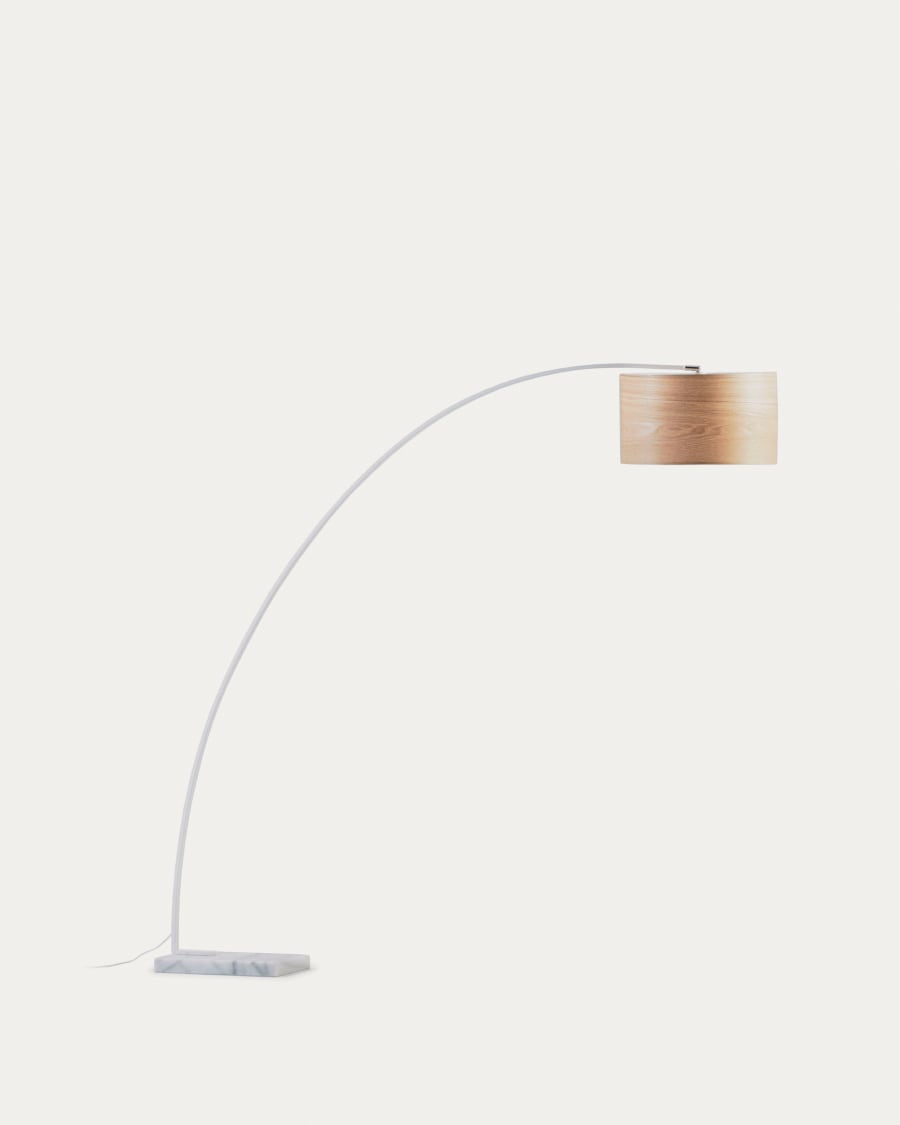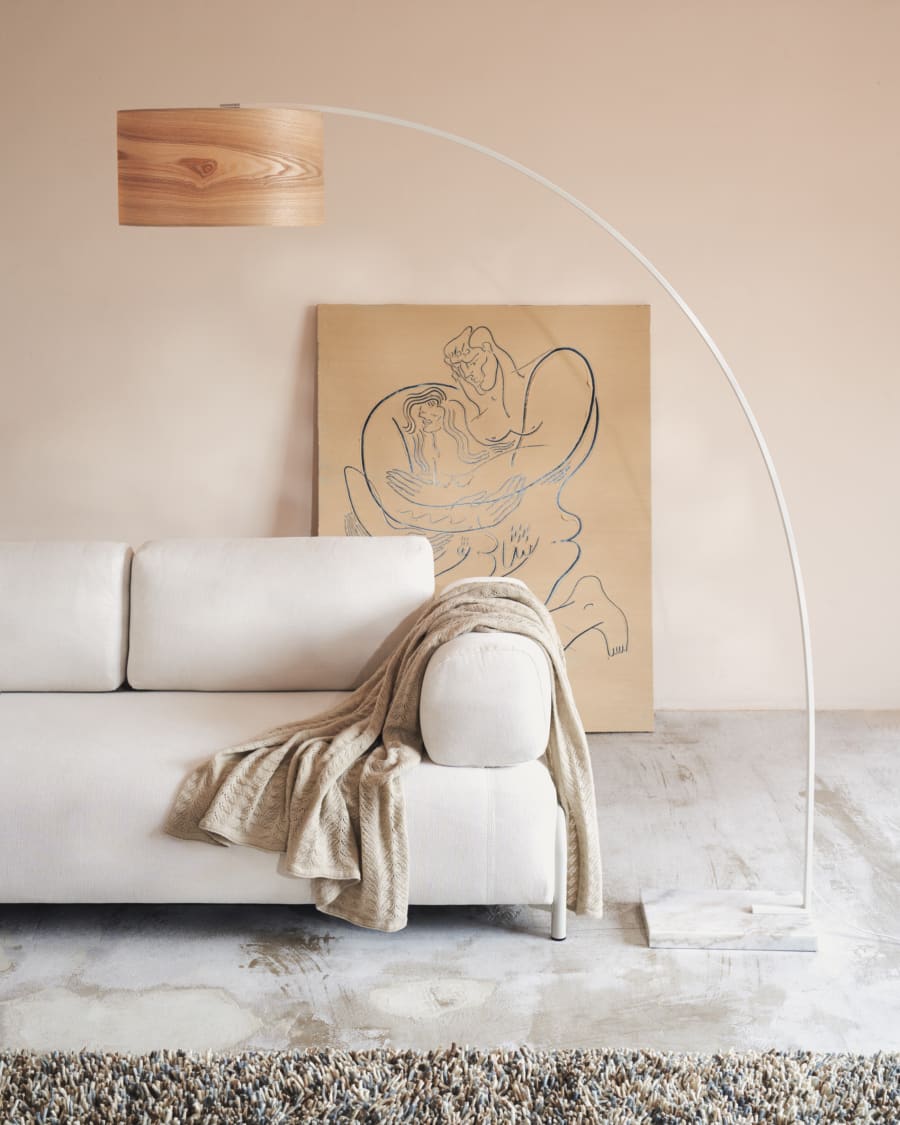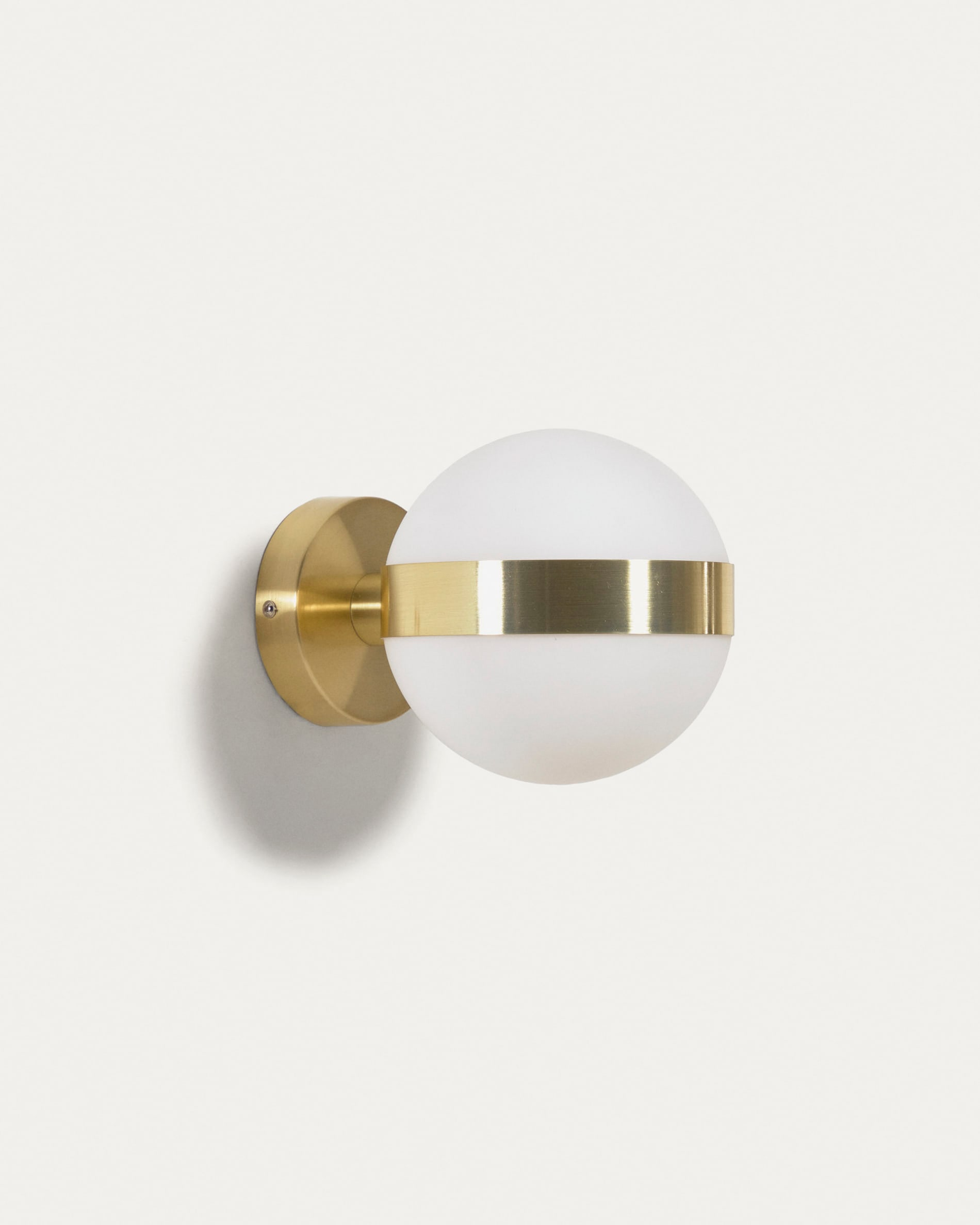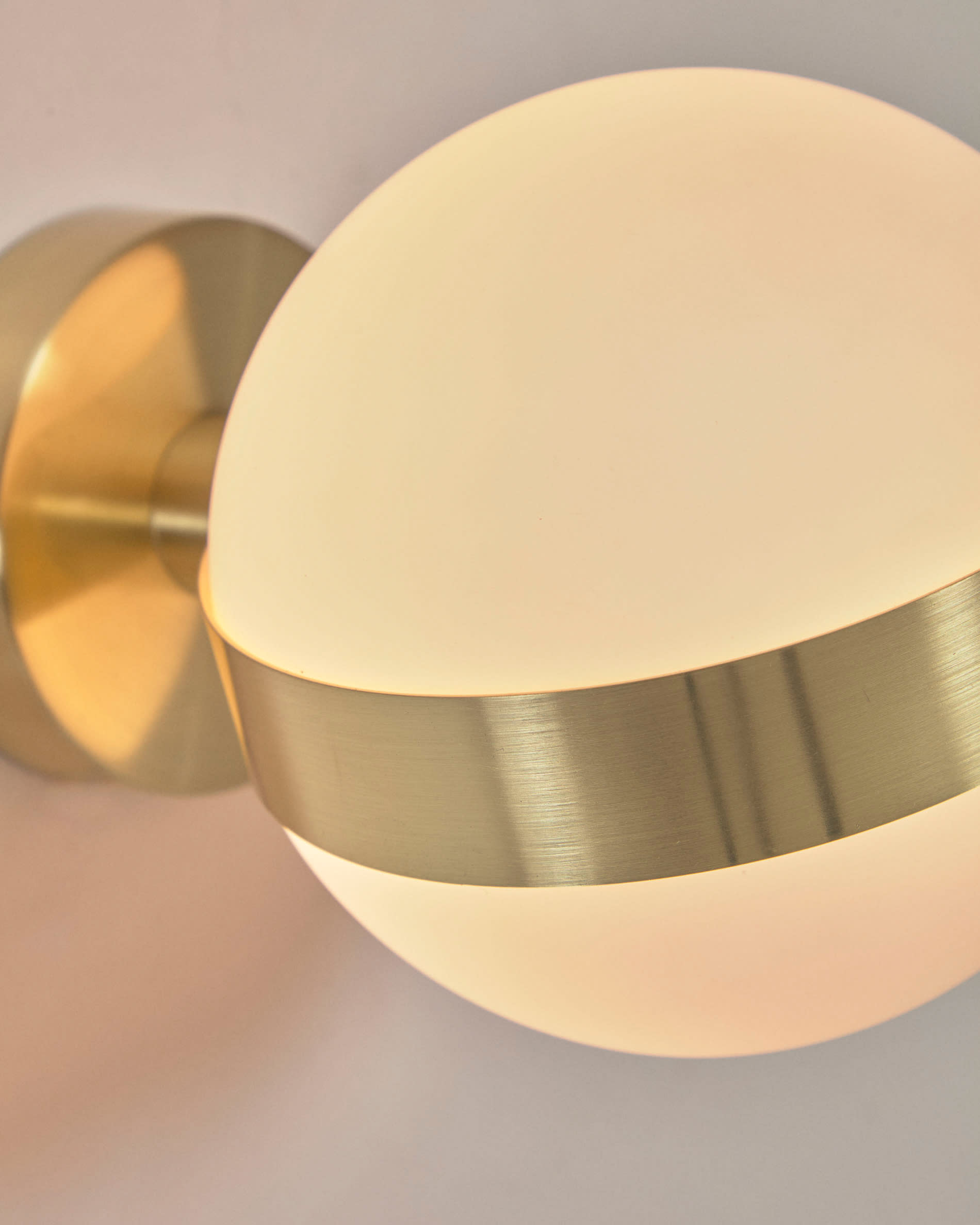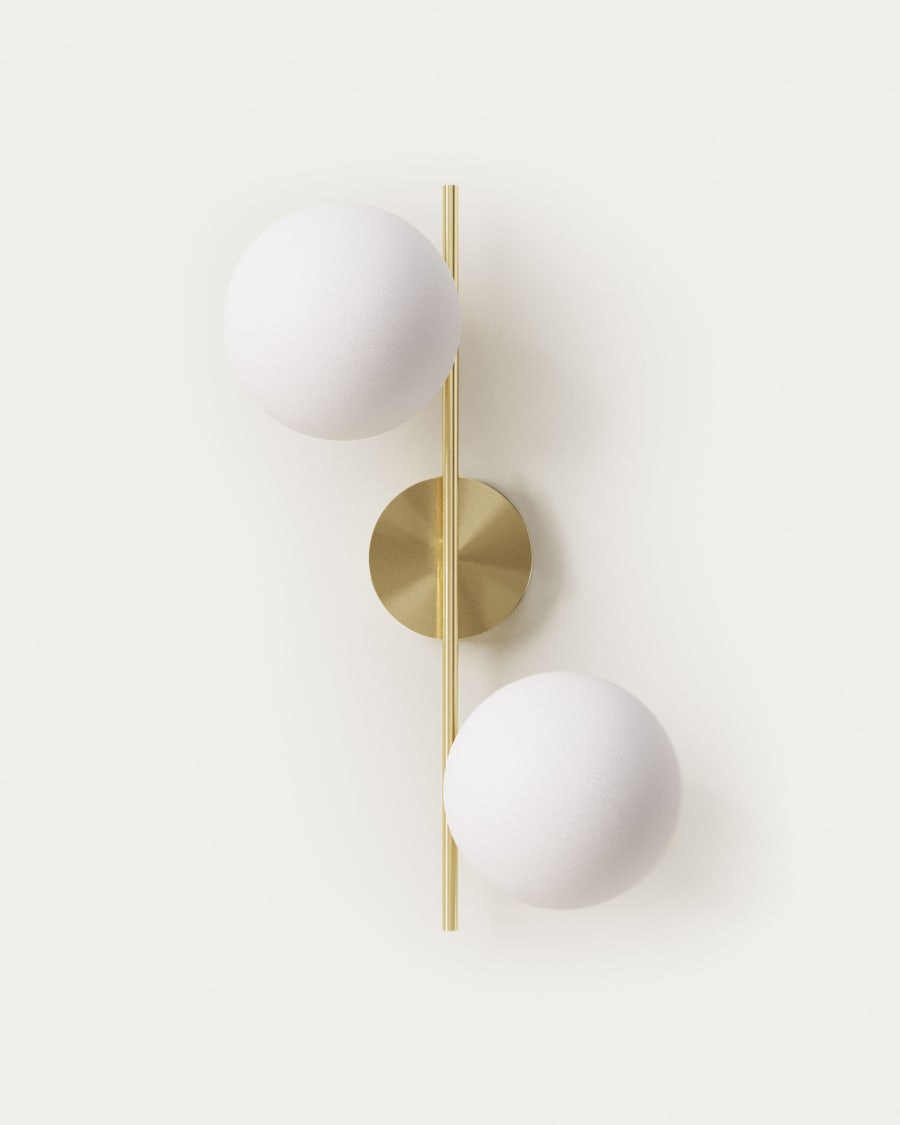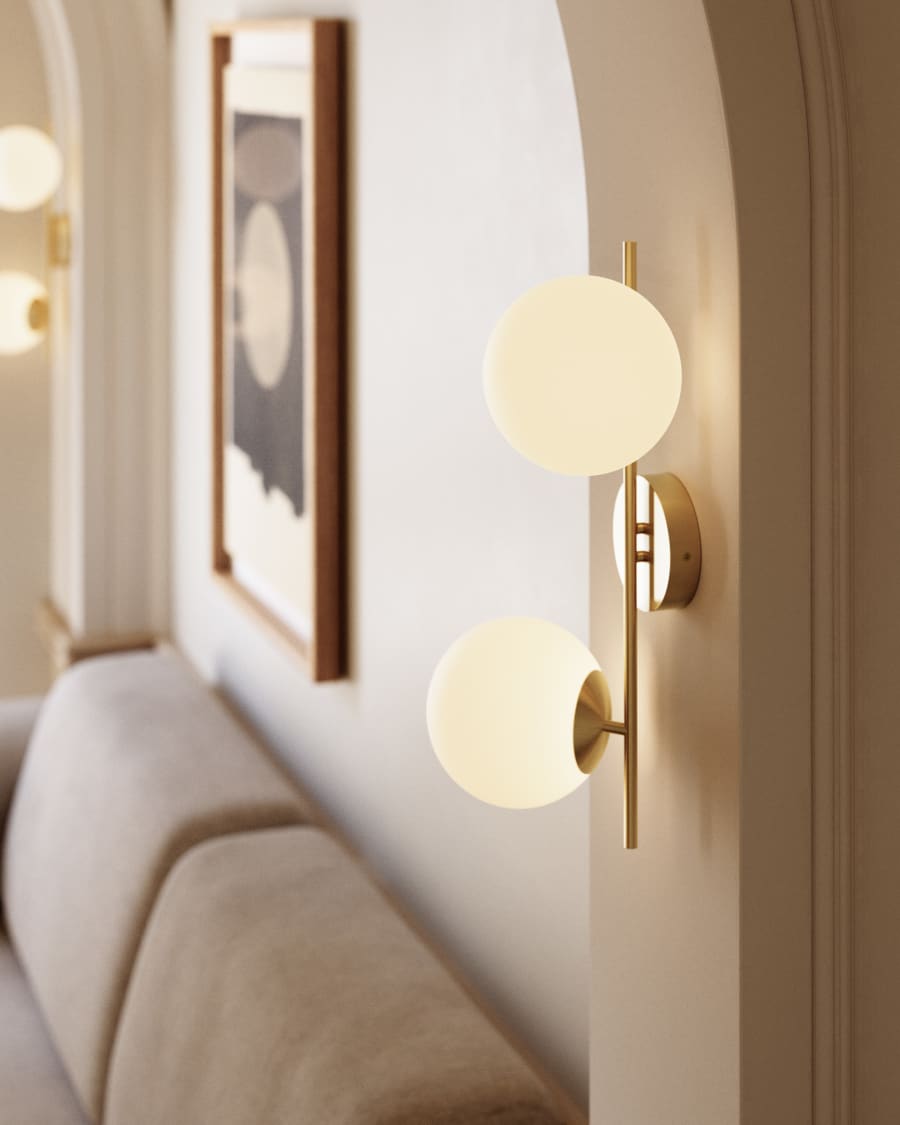- Home
- Japandi Lighting
Japandi Lighting
Japandi Lighting Design: Serene Minimalist Fixtures
Minimalist Forms And Natural Materials
Japandi lighting fuses Japanese wabi-sabi and Scandinavian hygge through materials like bamboo, untreated wood, and washi paper. These elements create warmth while maintaining simplicity. The design ethos prioritizes clean lines over ornamentation, echoing Zen philosophy’s focus on imperfection and Nordic practicality.
Interplay Of Light And Shadow
Soft, layered illumination (2700K-3000K) avoids harsh contrasts, emphasizing gradual transitions. This mirrors Japanese appreciation for subtle texture and Scandinavian balance. Hidden LED strips behind cabinetry cast gentle glows, enhancing mindfulness without visual fatigue.
Sustainability And Versatility In Modern Spaces
Eco-Friendly Materials And Energy Efficiency
Wooden pendants and ceramic fixtures celebrate craftsmanship while reducing environmental impact. LED technology aligns with Nordic sustainability values and Japanese reverence for nature. Durable designs minimize waste, appealing to both minimalist and eco-conscious sensibilities.
Adaptable Lighting Solutions
Dimmable lamps and modular suspensions adjust to diverse spaces—from compact apartments to open-plan living. Neutral tones (beige, soft grey) ensure cohesion with existing decor, proving that serene, functional design transcends trends without compromising adaptability.
What Is Japandi Lighting?
Japandi lighting merges minimalist Japanese aesthetics with Scandinavian functionality, creating serene spaces through balanced design. Born from the fusion of wabi-sabi (celebrating imperfection) and hygge (cozy simplicity), this style emphasizes materials like wood, paper, and brushed metal. Fixtures often use organic shapes—bamboo pendants or linen-shaded lamps—evoking nature’s quiet beauty. The result is a calming interplay of light and shadow, blending cultural philosophies into modern interiors without ornate details.
The philosophy behind Japandi lighting lies in its dual heritage. Japanese wabi-sabi emphasizes raw, organic textures with asymmetry and subtle flaws in materials like weathered wood or handmade paper shades. Meanwhile, Scandinavian hygge adds warmth through soft illumination, such as dimmable bulbs or frosted glass fixtures. This synergy creates designs balancing asymmetry and order—pale oak with muted black or rattan woven with linen. The approach avoids excess, focusing on intentional contrasts.
Key traits of Japandi lighting include neutral palettes, clean lines, and timeless craftsmanship. Fixtures use diffused light via paper shades or frosted glass, casting gentle glows that reduce visual clutter. Sustainability appears through eco-friendly materials like reclaimed wood or energy-efficient LEDs, fitting modern trends. Popular styles include the STRALUNATA pendant (natural rattan) and ALABAST 39 table lamp (porcelain base). By harmonizing form and function, Japandi lighting adapts to modern homes with calm aesthetics and practical versatility through layered lighting using floor lamps, pendants, and wall sconces.
How to Choose Your Japandi Lighting Design
Focus on Natural Materials and Textures
Selecting natural materials is foundational to Japandi lighting. Prioritize light or dark wood with visible grain for organic warmth, or bamboo for its lightweight yet sturdy texture. Rattan adds artisanal depth, often used in pendants to cast delicate shadows. For softness, rice paper (like Japanese washi) or linen shades diffuse light into a calming haze, while ceramics or stone bases ground the design in wabi-sabi’s celebration of subtle imperfections. Even brushed metal accents, in matte black or brass, can complement these elements without disrupting the minimalist ethos.
- Wood and Bamboo: Provide warmth and an organic foundation, like the STRALUNATA pendant which blends carved wood with soft curves.
- Paper and Linen: Diffuse light beautifully for a soft, ethereal glow, as seen in Isamu Noguchi’s Akari 1A table lamp.
- Ceramics and Stone: Add an earthy, wabi-sabi element of imperfection, such as the GRETA 20 table lamp with its hand-glazed base.
- Rattan and Wicker: Create texture and intricate shadow play, ideal for pendants like the HOZUKI SMALL.
Embrace Minimalist Forms and Clean Lines
Japandi lighting thrives on restraint. Favor sculptural simplicity with clean, geometric shapes that echo Scandinavian lagom (balance) and Japanese elegance. Avoid excessive ornamentation—opt for unadorned curves or angular silhouettes that feel intentional yet unobtrusive. Isamu Noguchi’s Akari series epitomizes this: the 10A floor lamp, with its paper shade over a bamboo frame, merges Japanese craftsmanship with modernist minimalism. These pieces act as quiet focal points, balancing functional design with artistry.
Prioritize Soft, Warm, and Ambient Light
Light quality is non-negotiable in Japandi. Aim for 2700–3000K bulbs to mimic sunrise or sunset hues, fostering hygge’s cozy warmth. Use layered lighting: combine floor lamps (like a rattan-based design) with table lamps and wall sconces to avoid harsh contrasts. For example, the NIPPON 02 floor lamp uses washi paper to cast a soothing glow, while LEDs ensure energy efficiency without sacrificing ambiance. Neutral color palettes—off-white, beige, or soft gray—complement Japandi’s nature-inspired tones. A dimmer switch on pendants or sconces lets you adjust light intensity, adapting to moods or tasks. This interplay of soft light transforms spaces into tranquil sanctuaries, merging Japanese serenity with Scandinavian practicality.
Mastering the art of japandi light layering
Imagine a space where light doesn't just illuminate but sculpts the atmosphere, where shadows become intentional design elements. Japandi lighting transforms rooms by blending Japanese wabi-sabi's acceptance of imperfection with Scandinavian hygge's cozy warmth. This design philosophy turns light and darkness into collaborators, creating environments that breathe and evolve throughout the day.
The art of light and shadow
At the heart of Japandi lighting lies a radical concept: shadows aren't voids to eliminate but textures to curate. Traditional Japanese Shoji screens exemplify this, using translucent paper panels to filter daylight into organic patterns that dance across floors and walls. These shifting shadows, described in Jun'ichirō Tanizaki's "In'ei Raisan," create dynamic depth in static spaces.
Modern Japandi designs translate this through woven bamboo pendants casting dappled light, or pleated paper lampshades projecting subtle geometric patterns. The beauty emerges from imperfections - a slight irregularity in the weave, an uneven wood grain - aligning perfectly with wabi-sabi principles. Even artificial light mimics natural fluctuations, with flickering LED candles casting wavering shadows that echo traditional washi paper lanterns.
Integrating modern technology seamlessly
How can minimalist Japandi aesthetics coexist with smart technology? The answer lies in strategic concealment and purposeful simplicity. Consider these four principles:
- Use smart bulbs: Choose models that allow you to adjust brightness and set a consistent warm color temperature (2700K-3000K) through voice control or app-based systems.
- Install discreet dimmers: Opt for ultra-thin, frameless wall switches that maintain clean lines while offering precise control over light intensity.
- Hide the tech: Route wires through hollow wall channels or behind floating shelves to preserve uncluttered surfaces.
- Focus on functionality: Program scenes like "Morning Glow" (soft 2700K light mimicking sunrise) or "Evening Zen" (shadow-enhancing 1900K warmth) that align with Lagom's balanced living philosophy.
This approach transforms technology into an enabler of tranquility rather than a disruptor, ensuring every circuit and algorithm serves the ultimate goal: crafting spaces where light and shadow exist in intentional harmony.
| Room | Recommended Lighting Type | Key Objective | Material/Form Suggestion |
|---|---|---|---|
| Living Room | Layered (Pendant, Floor, Table Lamp) | Create a cozy, versatile atmosphere | Large paper lantern, wooden floor lamp, ceramic table lamp |
| Bedroom | Soft & Diffused (Sconces, Pendant) | Promote serenity and calm | Fabric wall sconces, small bamboo pendant light |
| Dining Area | Statement Pendant | Foster intimacy and focus | A single large pendant in rattan or wood over the table |
| Hallway / Entryway | Welcoming & Simple (Sconce or small pendant) | Provide a gentle welcome | Porcelain wall sconce, small paper lantern |
For living rooms, use a central pendant with bamboo or paper materials to create ambient layers. Add a wooden floor lamp near seating for reading and a ceramic table lamp for subtle accents. This layered approach balances practicality with Japandi's calm ethos through textures like linen shades or carved details, merging Japanese minimalism with Scandinavian functionality.
Bedrooms work best with fabric wall sconces casting indirect light. Pair with a bamboo pendant above the bed for task lighting. Corner paper lanterns create shadow play reflecting wabi-sabi while using dimmable LEDs for energy efficiency, blending Japanese serenity with Nordic practicality.
Dining areas need focused illumination. A rattan pendant above the table serves as a sculptural anchor. Woven designs create organic light patterns, merging Japanese craftsmanship and Nordic minimalism. Asymmetric wooden pendants add visual interest while sustainable materials align with eco-conscious values through warm, diffused light.
Entryways require subtle lighting. Porcelain sconces with linen shades offer warm vertical lighting while saving space. Alternatively, hang a small paper lantern for hygge. These choices honor Japandi's balance through natural materials like ceramic or paper without compromising spatial efficiency.
- Pendant Lights: Focal points using paper, bamboo, or rattan that create shadow patterns
- Table Lamps: Ceramic or wooden bases with linen shades for warm localized lighting
- Floor Lamps: Sculptural wooden stands with paper diffusers casting ambient light
- Wall Sconces: Textile-covered or porcelain fixtures mimicking lanterns while saving space
FAQ
What makes Japandi lighting a unique blend of Japanese and Scandinavian design?
Japandi Japandi lighting merges the serene minimalism of Japanese aesthetics with the functional warmth of Scandinavian design. It emphasizes natural materials like bamboo, wood, and paper, paired with clean, organic lines to create spaces that feel both tranquil and purposeful. The style draws from Japan’s wabi-sabi philosophy—celebrating imperfection and simplicity—and the Nordic concept of hygge, which prioritizes comfort and coziness. Together, these principles result in lighting that balances understated elegance with practicality, using soft, diffused light to foster calm and connection.
How can I integrate natural textures into my Japandi lighting scheme?
Incorporate materials like untreated wood, rattan, or linen shades to add tactile warmth without overwhelming the space. For example, a bamboo pendant light or a ceramic table lamp with a matte finish can ground a room in natural elements. These textures echo the Japandi ethos of blending human craftsmanship with organic beauty, creating subtle visual interest through contrast—like the roughness of woven rattan against smooth ceramic surfaces. Opt for unpolished finishes to align with the wabi-sabi appreciation for raw, imperfect materials.
What lighting types best embody the Japandi aesthetic?
Choose minimalist fixtures that prioritize form and function, such as paper lantern-inspired pendants, sculptural floor lamps, or wall sconces with neutral tones. Isamu Noguchi’s Akari lamps are iconic examples, using handmade paper and bamboo to cast a gentle, ambient glow. Layering light sources—like pairing a pendant light with a linen-shaded table lamp—enhances depth while maintaining the style’s signature understated elegance. Avoid overly ornate designs; instead, focus on pieces that feel intentional yet unobtrusive.
Why is soft, ambient lighting crucial for Japandi interiors?
Soft light mimics the serene atmosphere of natural environments, a core tenet of Japandi design. Diffused illumination through paper shades, frosted glass, or linen covers softens harsh shadows, promoting relaxation and mindfulness. This approach reflects the Japanese idea of in’ei raisan, where light and shadow are harmonized to create dynamic, meditative spaces. Pair with LEDs and dimmers to adjust warmth and intensity, ensuring the lighting adapts to different moods while staying energy-efficient.
How can I apply Japandi lighting principles to specific rooms?
Tailor fixtures to each room’s purpose: Use a wooden pendant light in the dining area to foster intimacy, or porcelain sconces in hallways for a gentle welcome. In the bedroom, opt for a small bamboo pendant or fabric lamp to promote calm. Layer lighting with a floor lamp in a reading nook and a ceramic table lamp for ambient glow. Prioritize neutral palettes and textured materials across spaces, ensuring consistency. For kitchens, minimalist pendant lights over islands maintain balance, while rattan-accented fixtures add warmth without clutter.
